Rolando Tessadri was born in Mezzolombardo (Trento) in 1968. An analytical painter, known for his “textures” where the main element is the module an orthogonal grid obtained through the frottage technique, he stands out for his meticulous, minimalist, abstract practice. Parallel to his artistic and exhibition activity, he has also been involved in stained glass techniques: in 2014 he designed and supervised the realization of the entire glass decoration of the new cathedral of Antibari in Montenegro. In 2023 he won the competition to create a work of art for the embellishment of the crematorium temple of the monumental cemetery in Trent. He has exhibited at the Ars Now Seragiotto Gallery with Igino Legnaghi and at the Giraldi Gallery in Livorno with Bruno Querci. In 2017 he is present in the traveling exhibition Pittura analitica: origine e continuità organized by Galleria Ferrarin in Legnago. In 2018 he exhibited at the Mart-Galleria Civica in Trento in the exhibition Ex Post. He has also exhibited at Caldirola Gallery in Monza, Disegno Gallery in Mantua, Artesilva Gallery in Seregno, Paolo Maria Deanesi Gallery in Trento and 55ArtPrivè in Badia al Pino. In this conversation with Gabriele Landi, he tells us about his art.
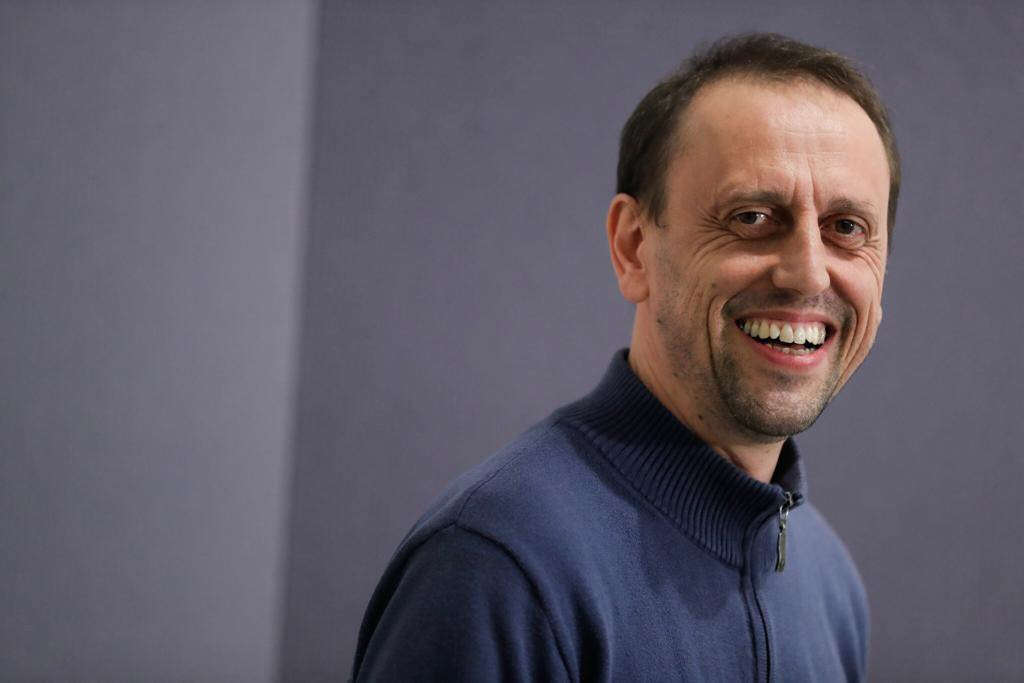
GL. For many artists, childhood is the golden age in which they cultivate reveries that then in some form return years later in their work. Was that the case for you as well?
RT. I was a child like many others, with his fantasies, his dreams, his affections. Little of this has penetrated into my work, except on an emotional level. It is true, however, that many of the memories I retain from my childhood are precisely about painting. For example, from my time in kindergarten, the smell of the crayons that sat on the tables in the art room has stayed with me. I loved to draw, and from an early age I gladly communicated my stories through the language of pictures.
What studies did you do?
I attended the Art Institute in Trento and then enrolled in university in Udine. Here I graduated in History of Cinema with a thesis on Giulio Carlo Argan, whose thought helped bring me closer to the world of abstraction. Parallel to my university career, I continued to deepen my research in the artistic field by establishing contacts with abstractionists in the Trentino environment (in particular with Mauro Cappelletti and then also with Diego Mazzonelli and Gianni Pellegrini), and then turned my gaze southward, where I cultivated significant relationships especially with Igino Legnaghi, to whom I am still linked by a deep friendship and whom I esteem as one of the most intelligent artists on the Italian scene.
The experience you pursue seems very close to that of Analytical Painting. Are you interested in this kind of experience and have you had contacts with artists who have practiced it?
Yes, as I said, I have had significant contacts with some artists who worked in the 1970s in the Pittura Analitica sphere (and with some critics, such as Giorgio Bonomi and Claudio Cerritelli, who supported them continuously). I, however, as a matter of age, got to know them at a later stage, when by then they had taken paths that often led them away from their initial premises, and this led me to observe this phenomenon with a certain detachment. More than an analytical painter, I think I am an artist who cultivates an analytical attitude. My point of reference is minimalism (especially Agnes Martin and Robert Ryman) to which I combine a great passion for 20th-century European painting.
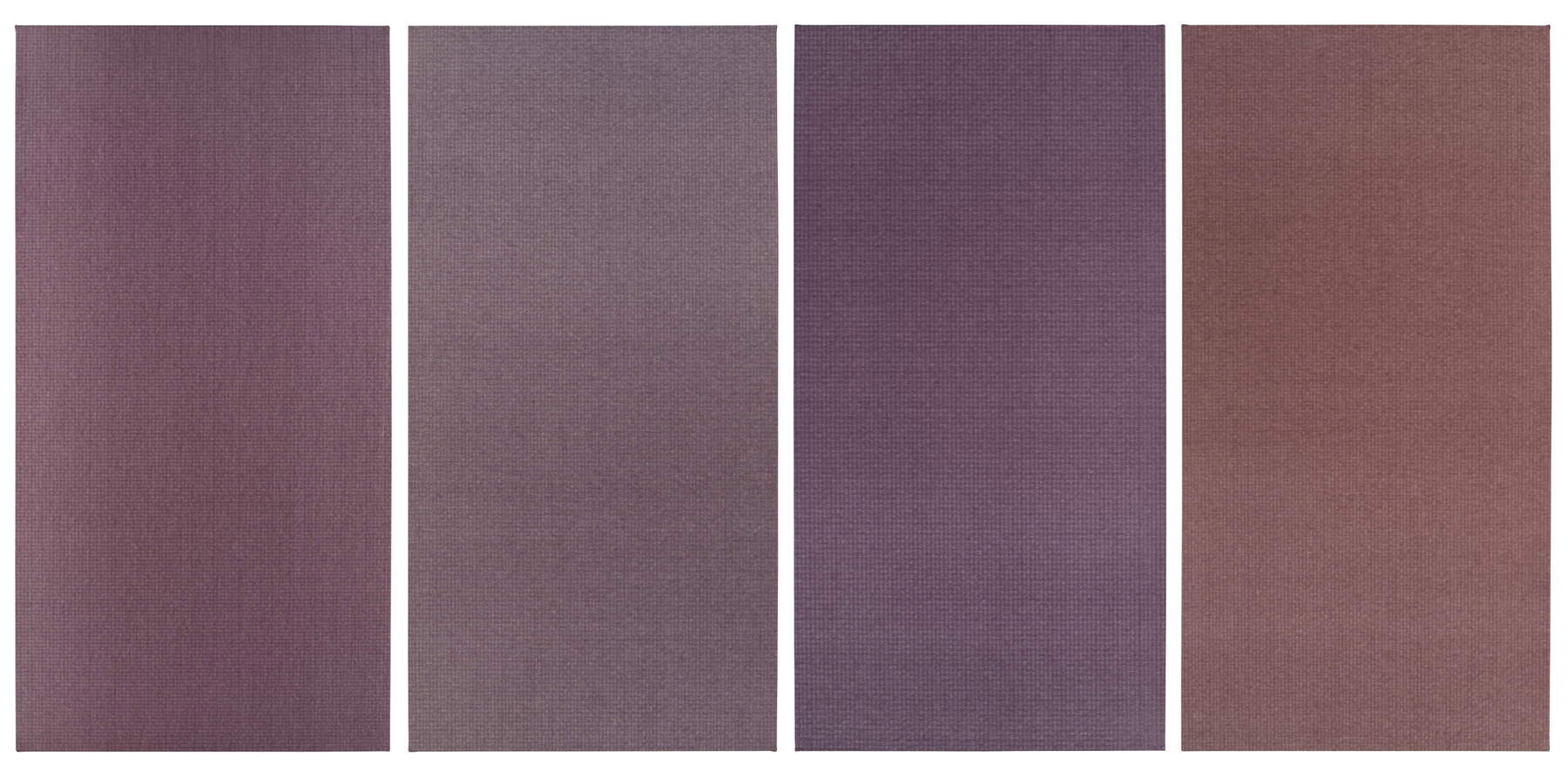
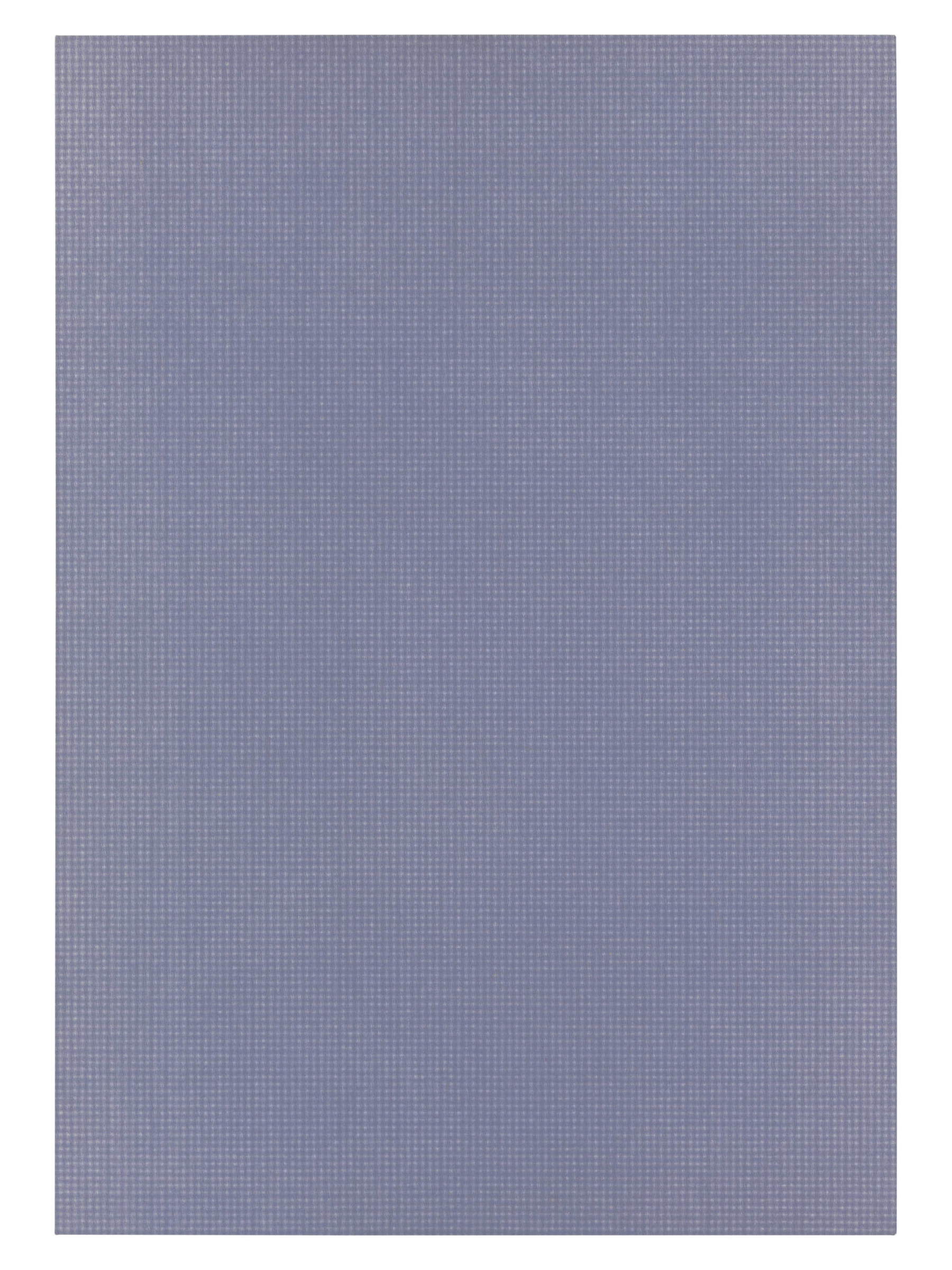
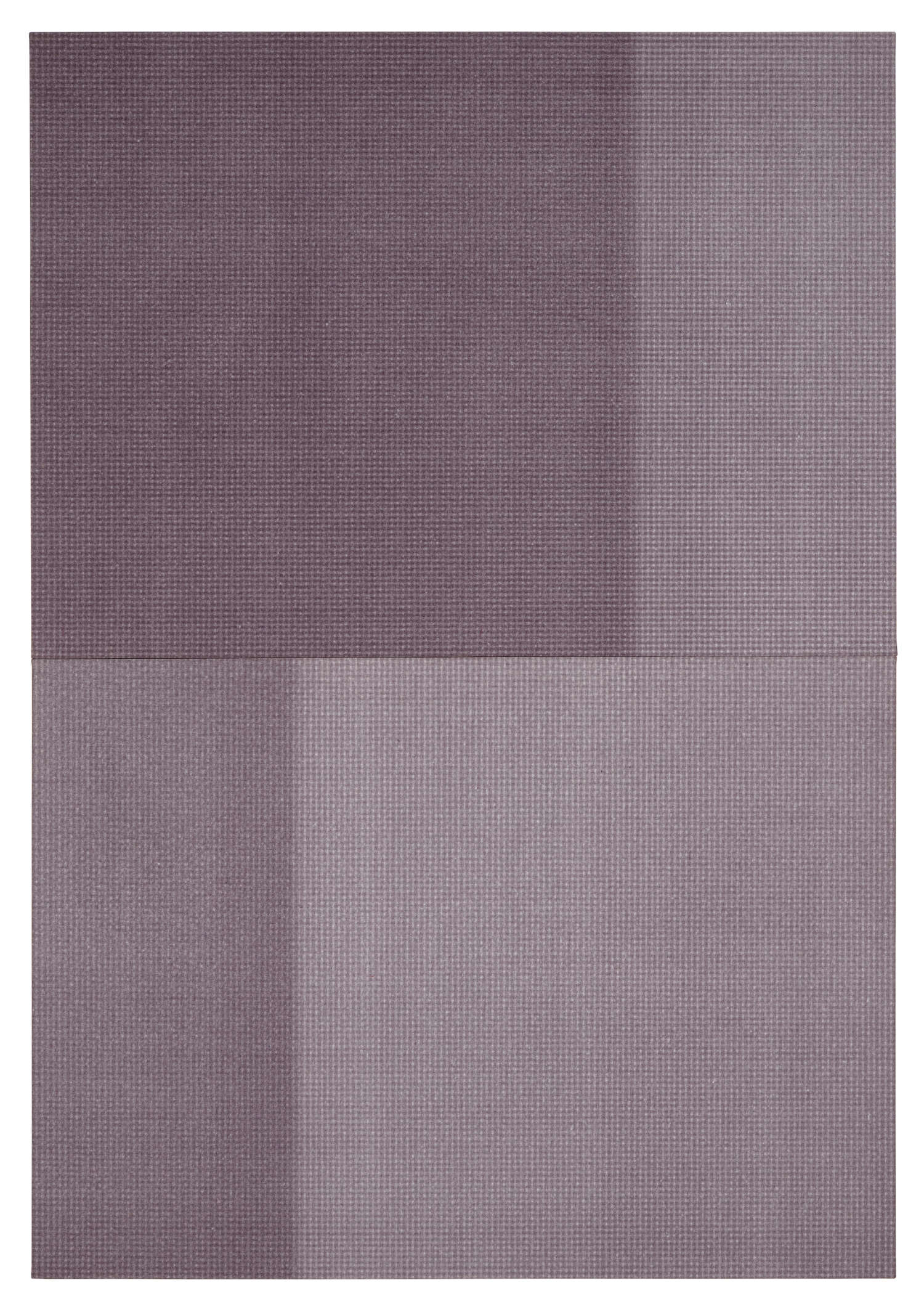
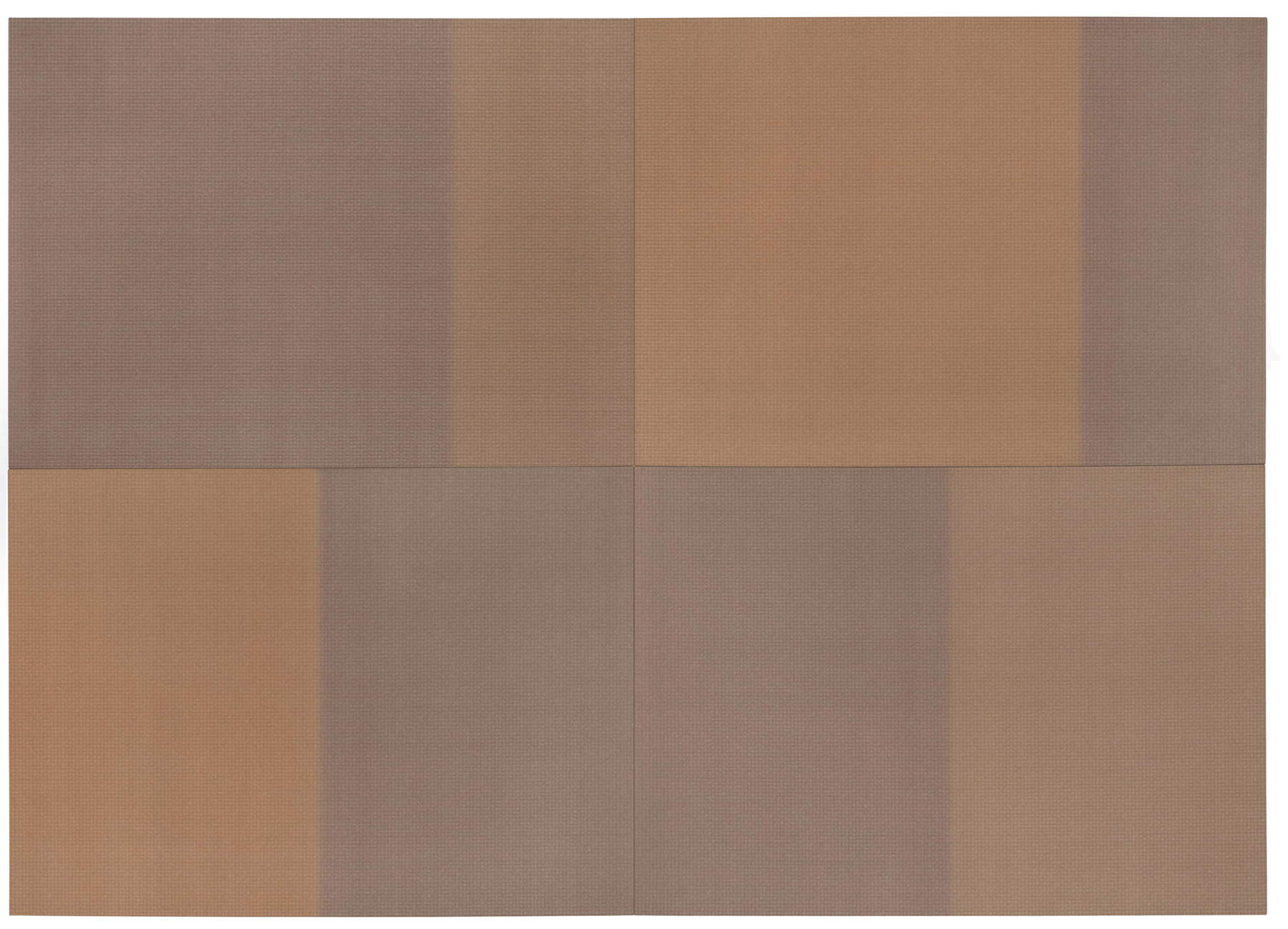
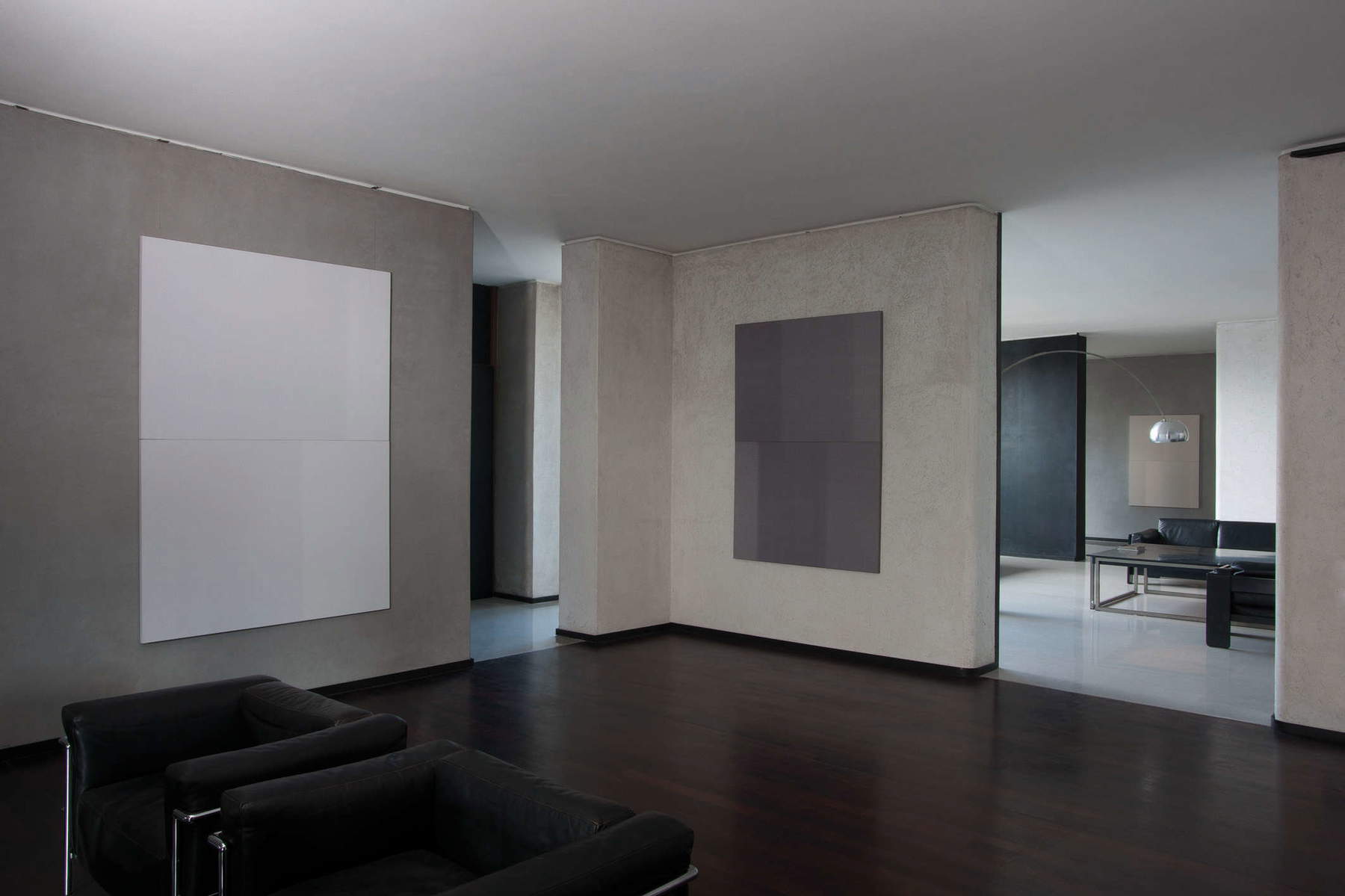
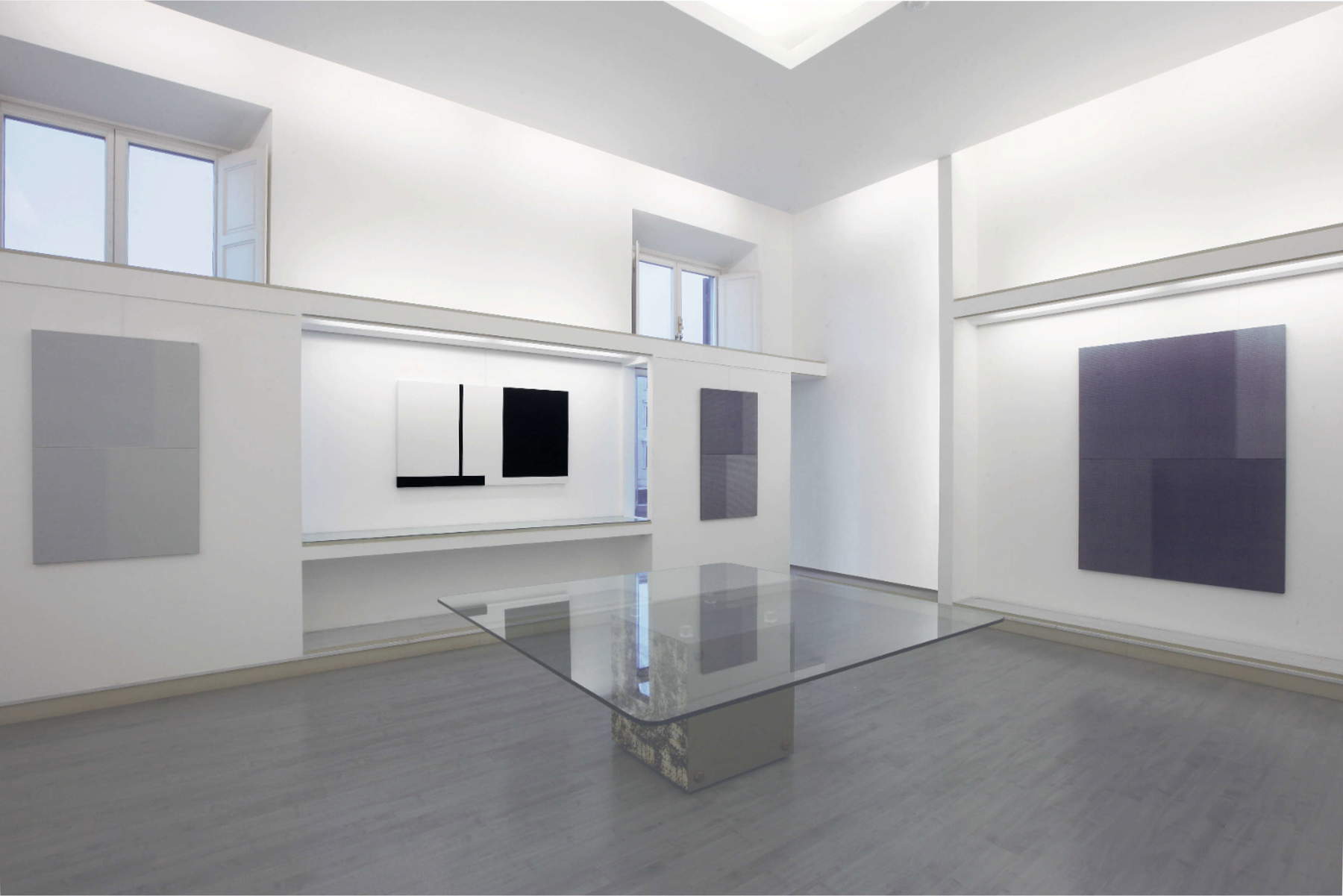
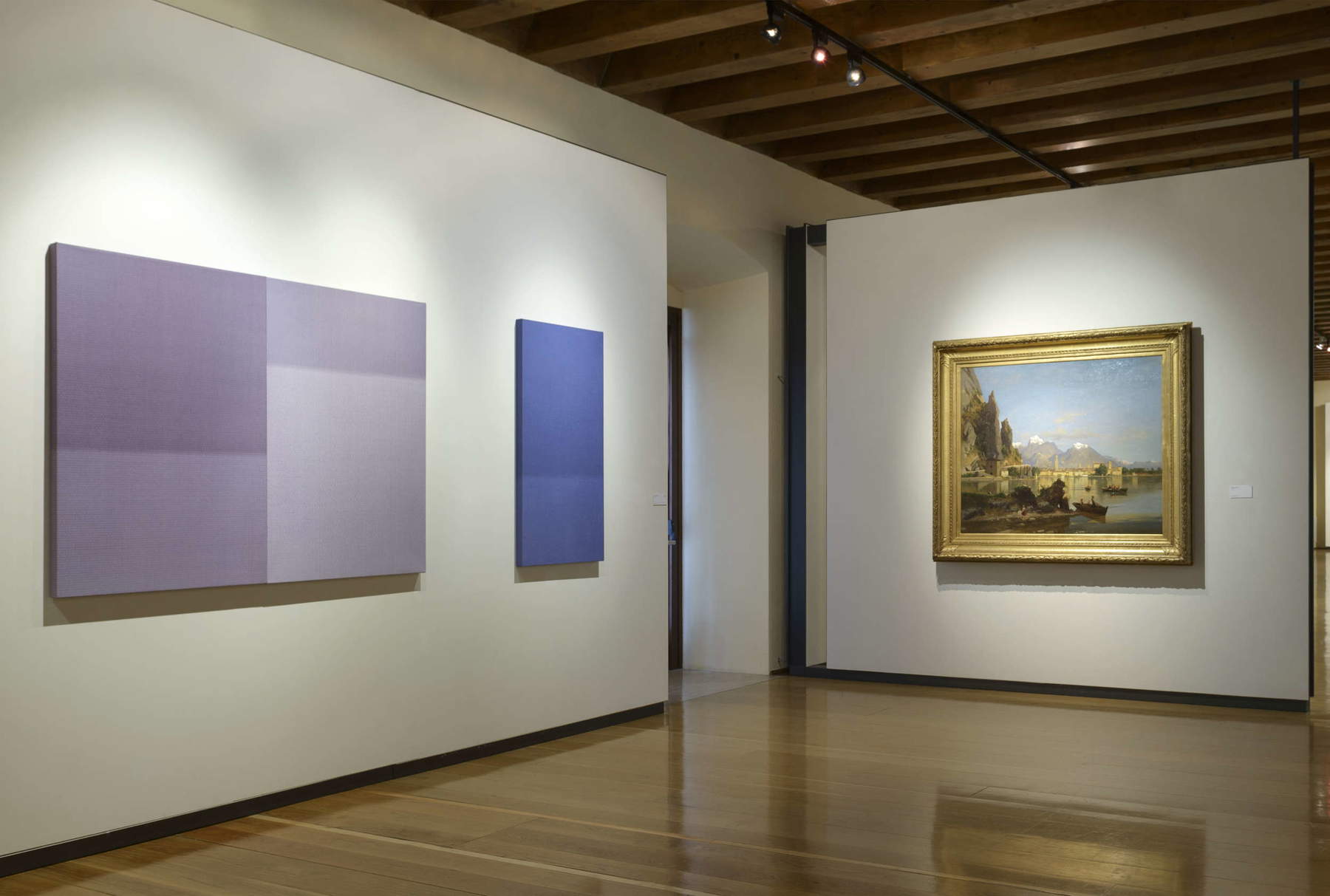
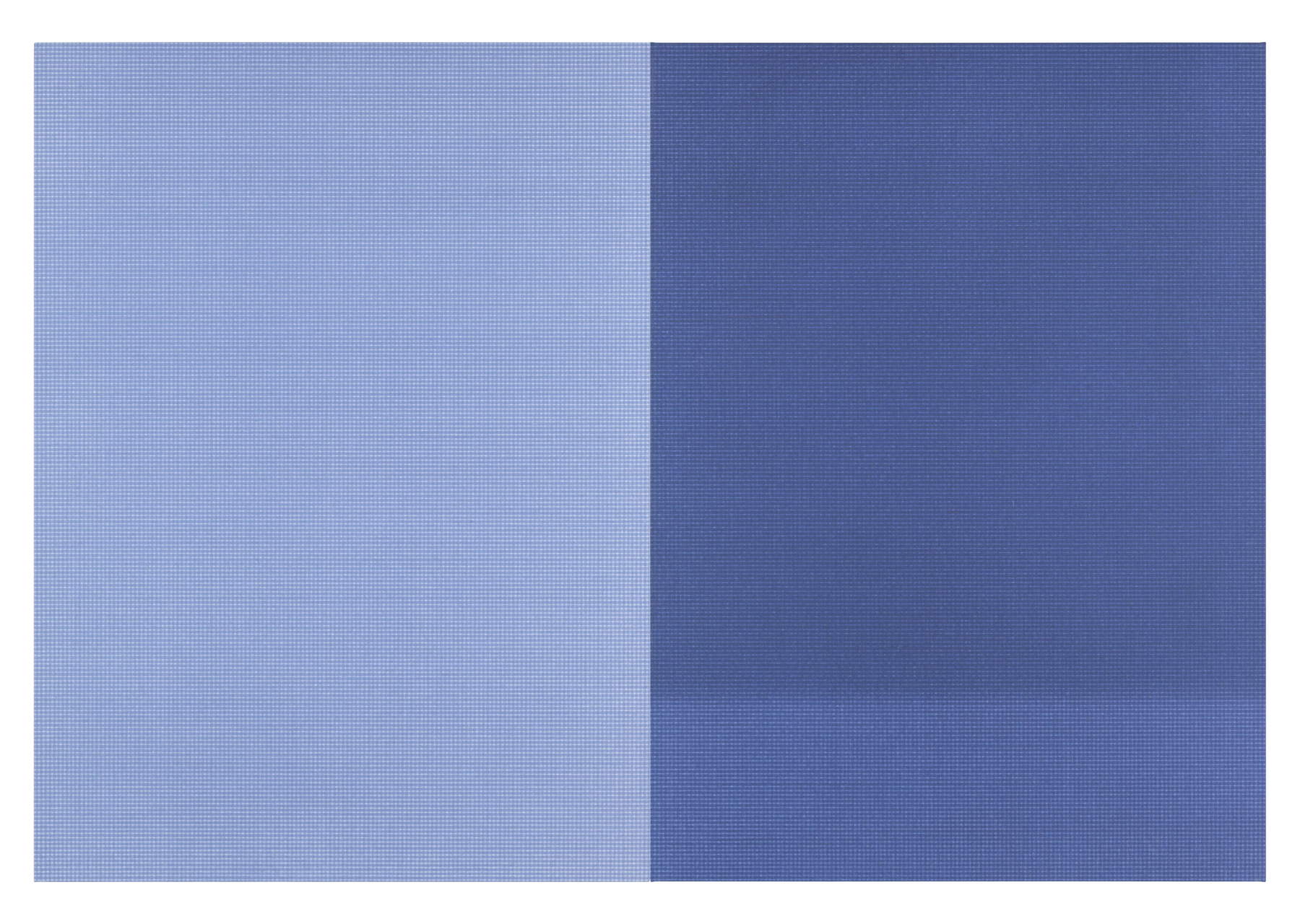
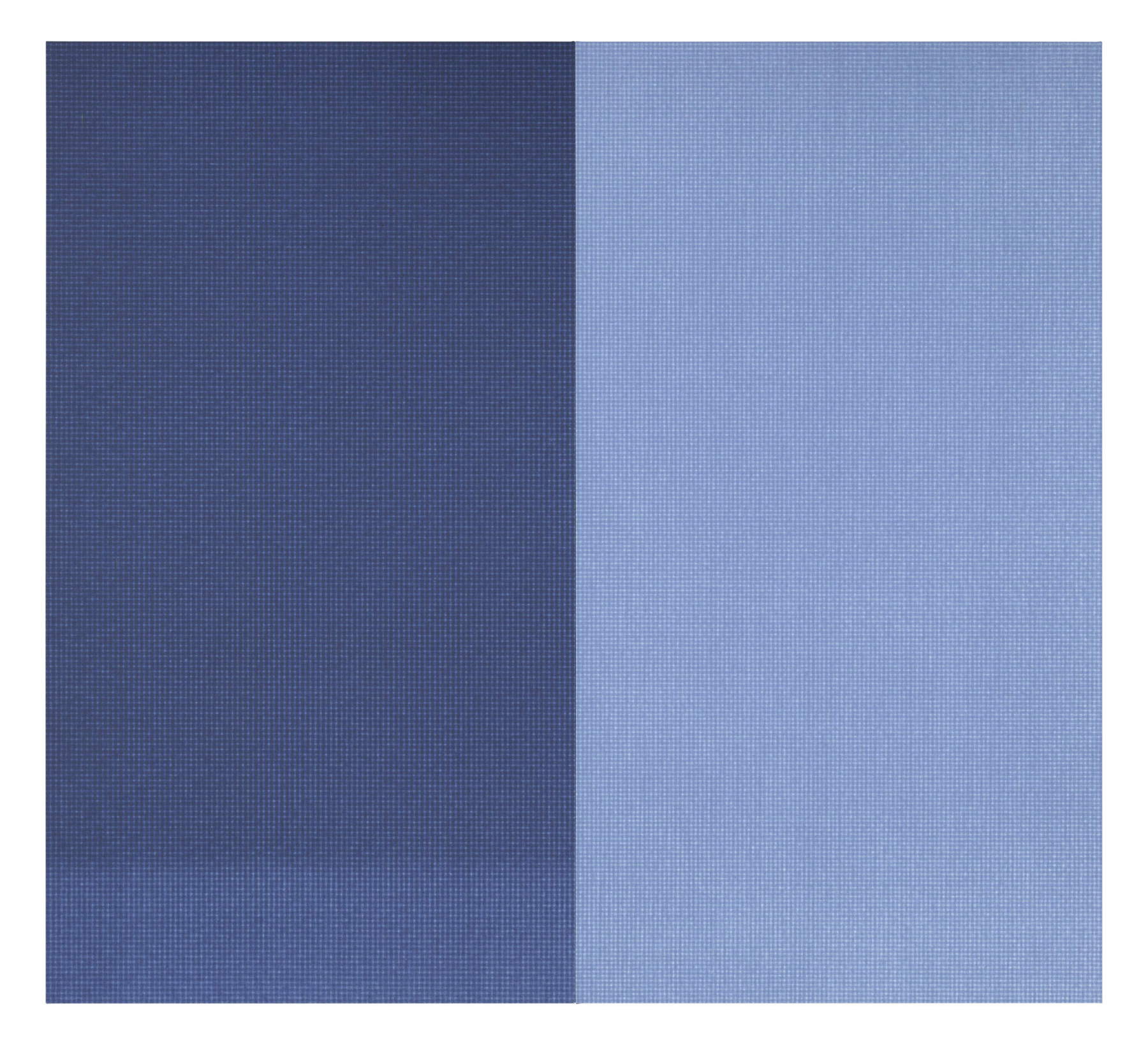
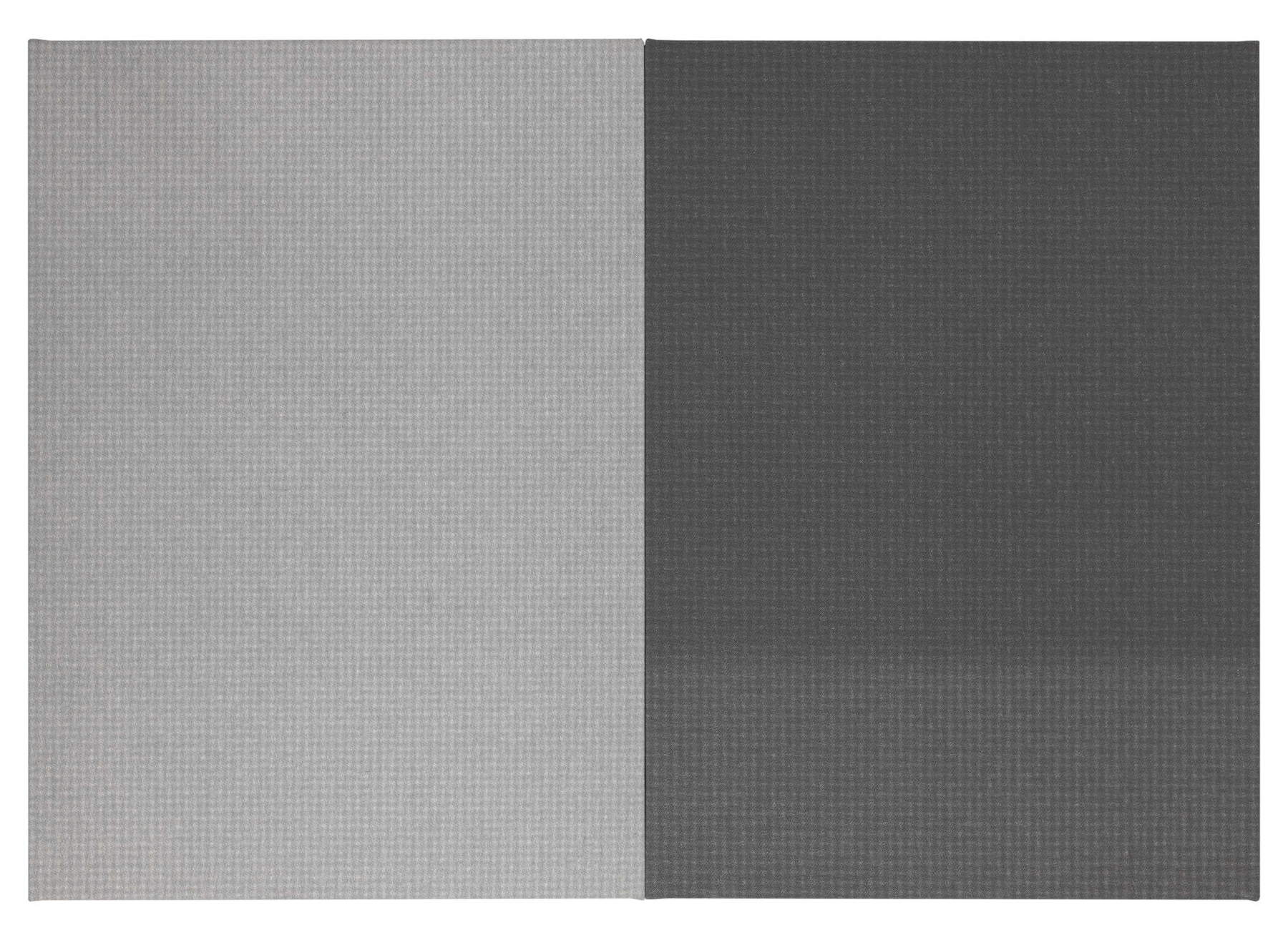
How do you choose the colors you employ to paint?
Over time I have realized that I consistently use a range of colors (ranging from ochres to deep blues) that emerge from my work quite spontaneously. These are not extemporaneous choices; a walk in the woods is not enough for me to paint a green. These are choices that involve the psyche in its complexity and for which I cannot give a precise reason. Let’s say that color is a door that opens to the unconscious. The analytical attitude asserts itself at a later stage. Then color becomes weight and measure, receives a name and communicates itself to the world.
In an interview we did years ago you told me that there is something superficial about the choice of hues, that you want them obtuse. Can you elaborate on that?
It is a way of dealing with color that characterizes me when I tend to lighten hues to the limit of perceptibility. White softens the contrasts and in this case has the function of distancing the color and accentuating its non-naturalistic and superficial character.
When you paint do you proceed by saturation?
I work a lot with grays, which I achieve by desaturating colors by mixing them with their complementaries. I am interested in the color having a body and appearing as a plastic material to be shaped. Pure hues, on the other hand, appear very rarely in my path: never, however, in an expressionistic function; rather as reminiscences of pop culture, to which, moreover, I was linked in my youthful training.
Your paintings are characterized by the presence of a network of very thin lines, a texture. What function does it serve?
The lattice you speak of is actually an imprint that results from the pressure of a squeegee on the colored surface of the canvas. What interests me is not only the grid-like organization of the surface, but the fact that this is achieved by indirect means. There is nothing painted and everything happens by subtraction. I think you can define this grid as an indical trace. It is an approach that also characterizes my works on paper, in which there is no texture: again, I do not rest the brush on the surface, but create the conditions for a color to manifest itself as the outcome of a series of operations that precede its appearance and that (both before and after) I can reconstruct only by hypothesis.
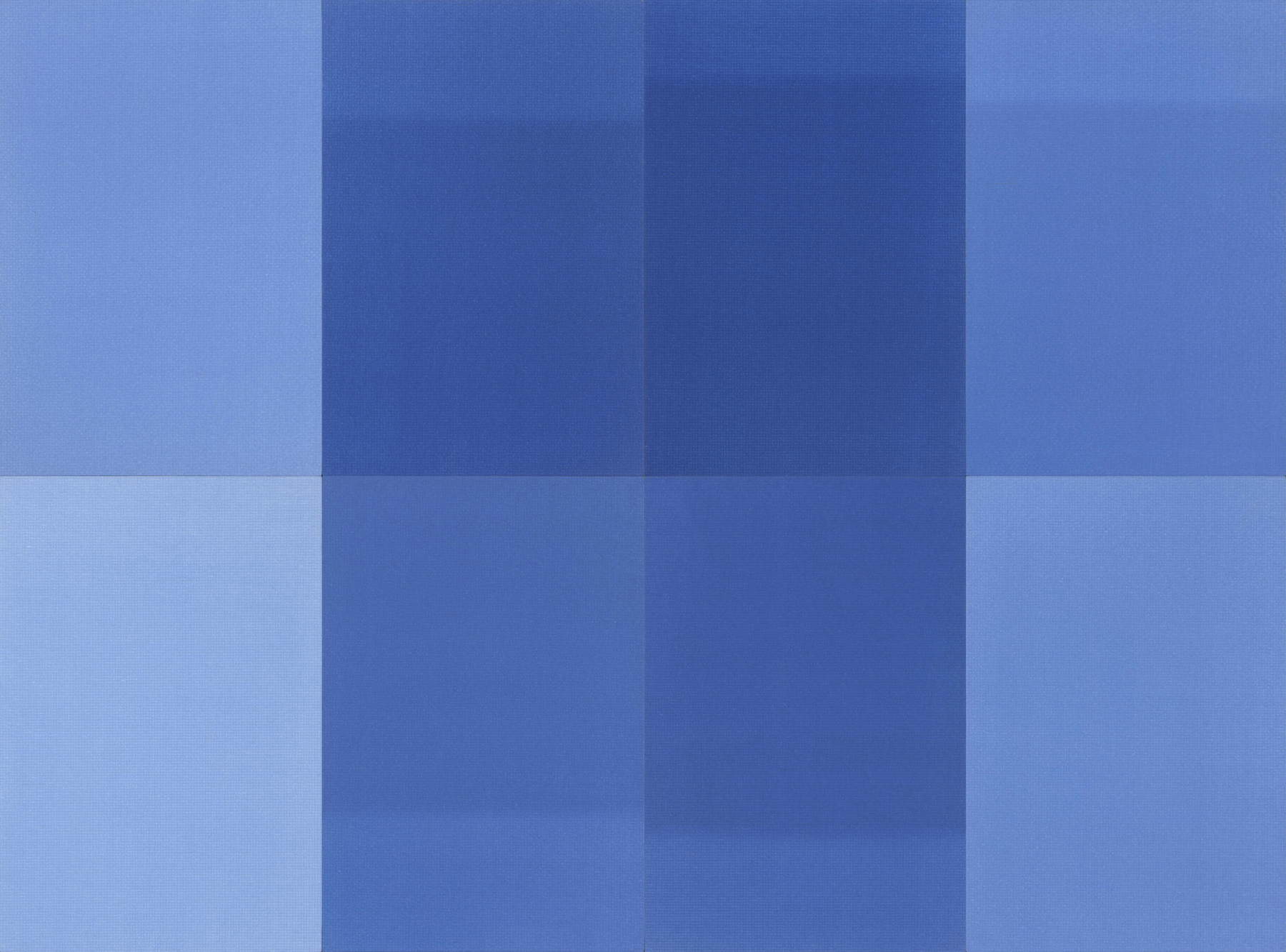
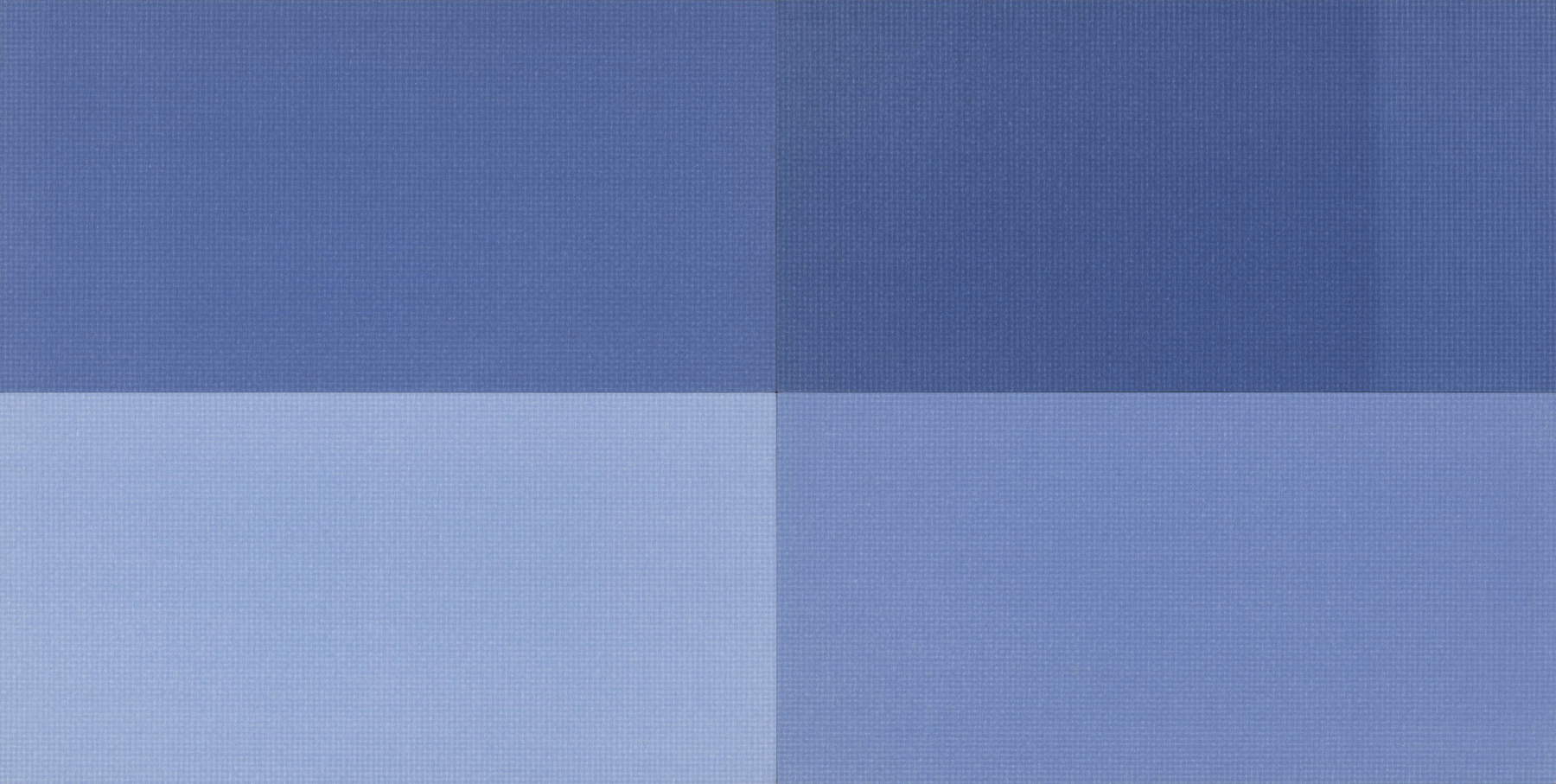
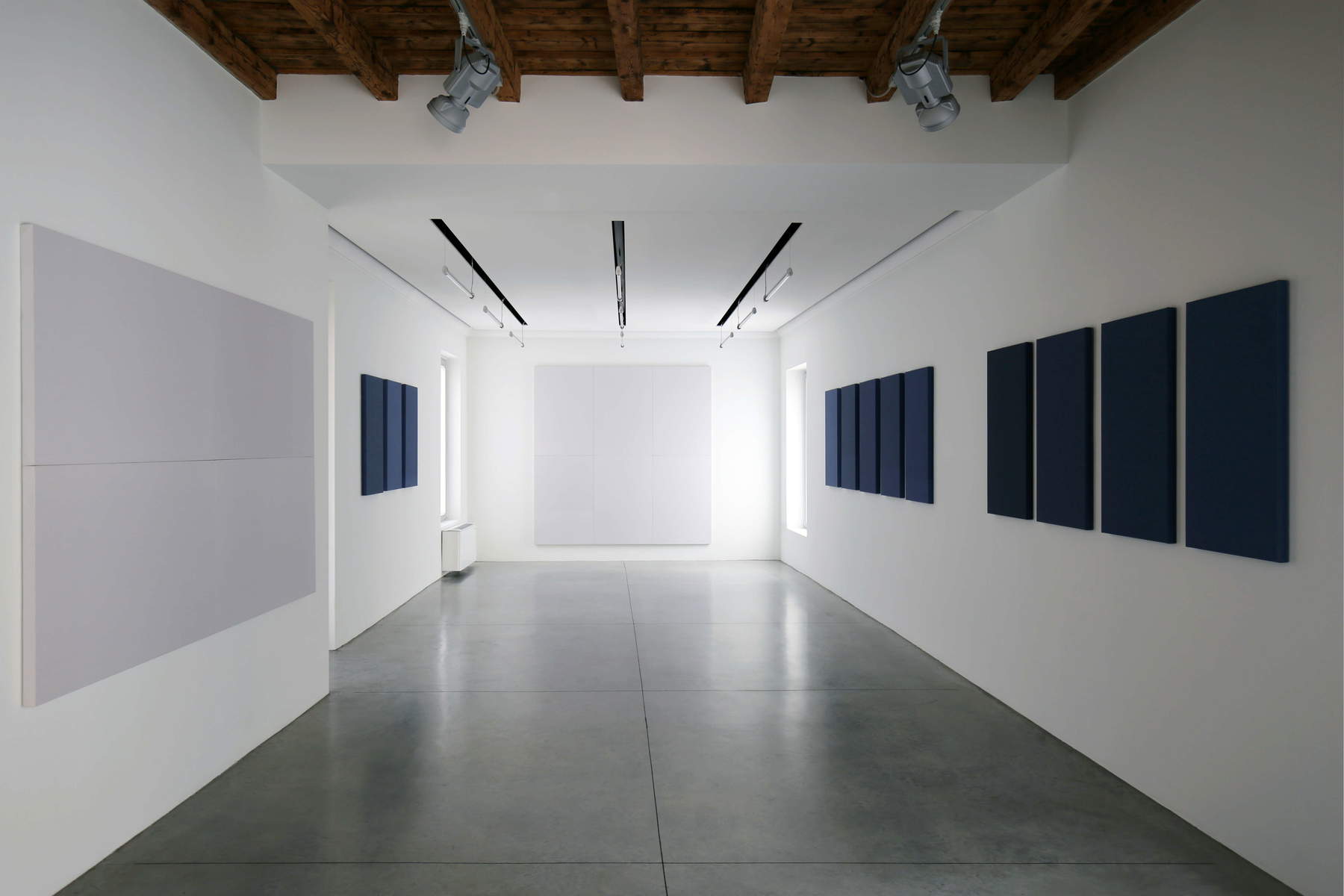
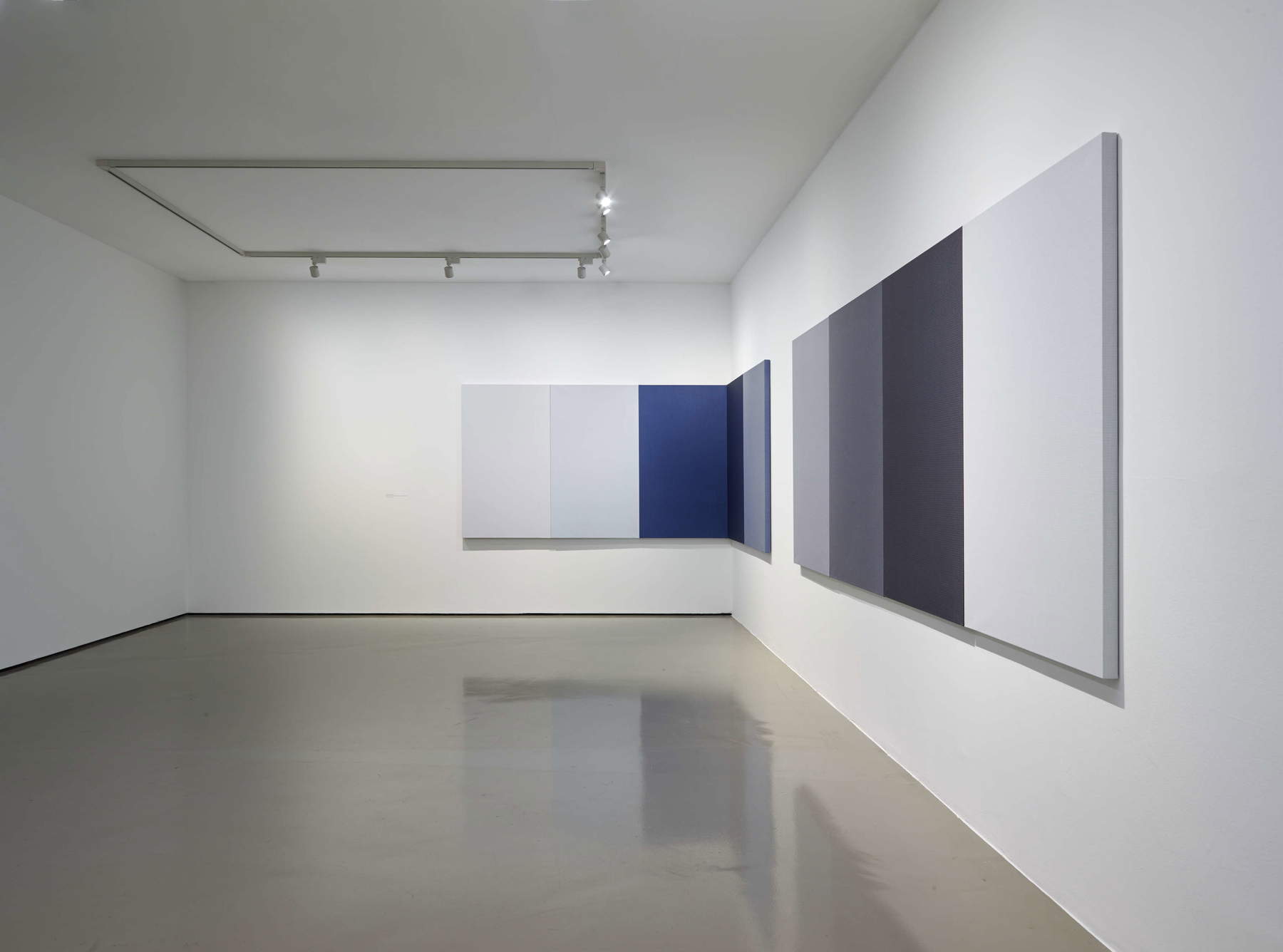
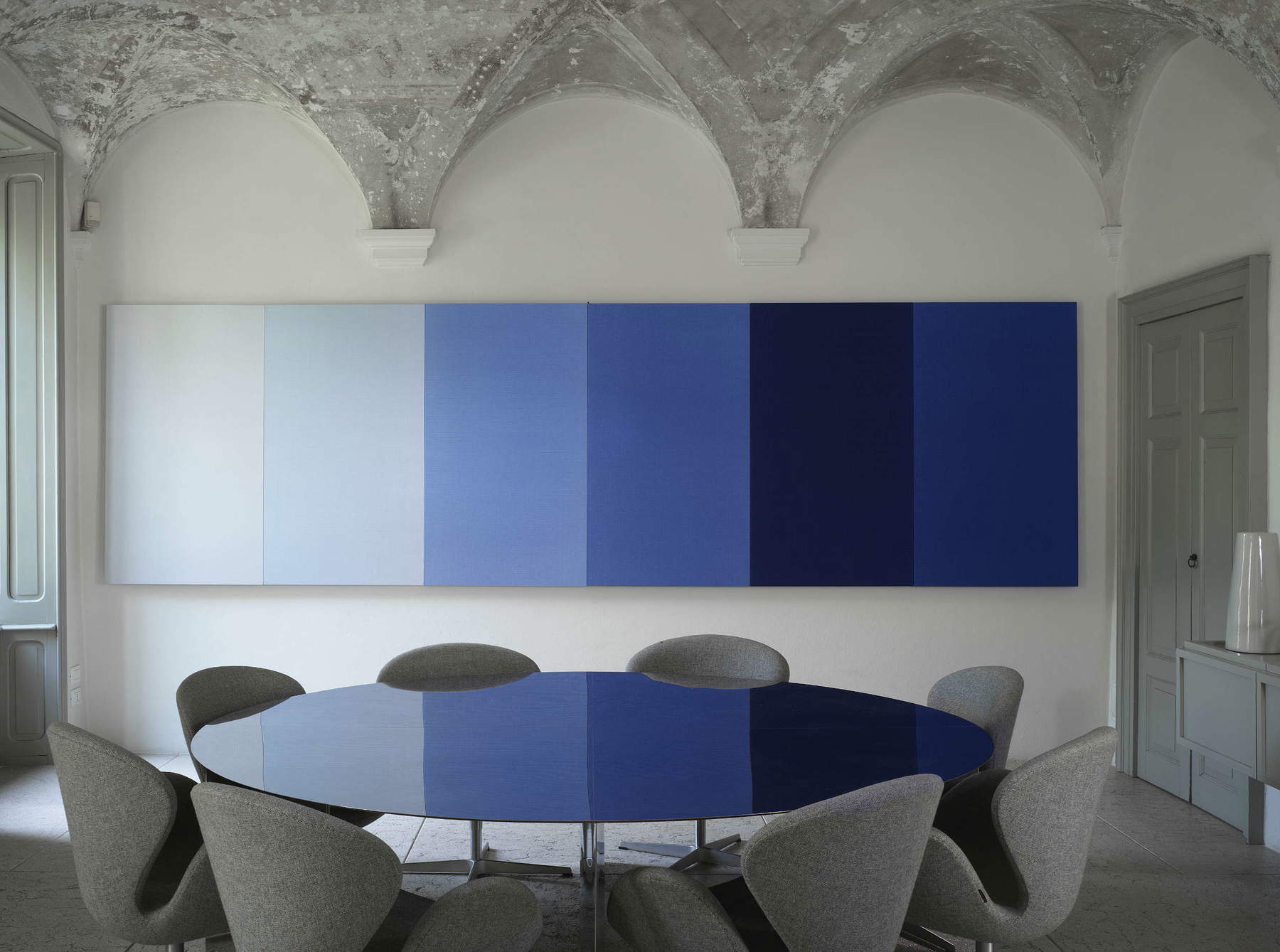
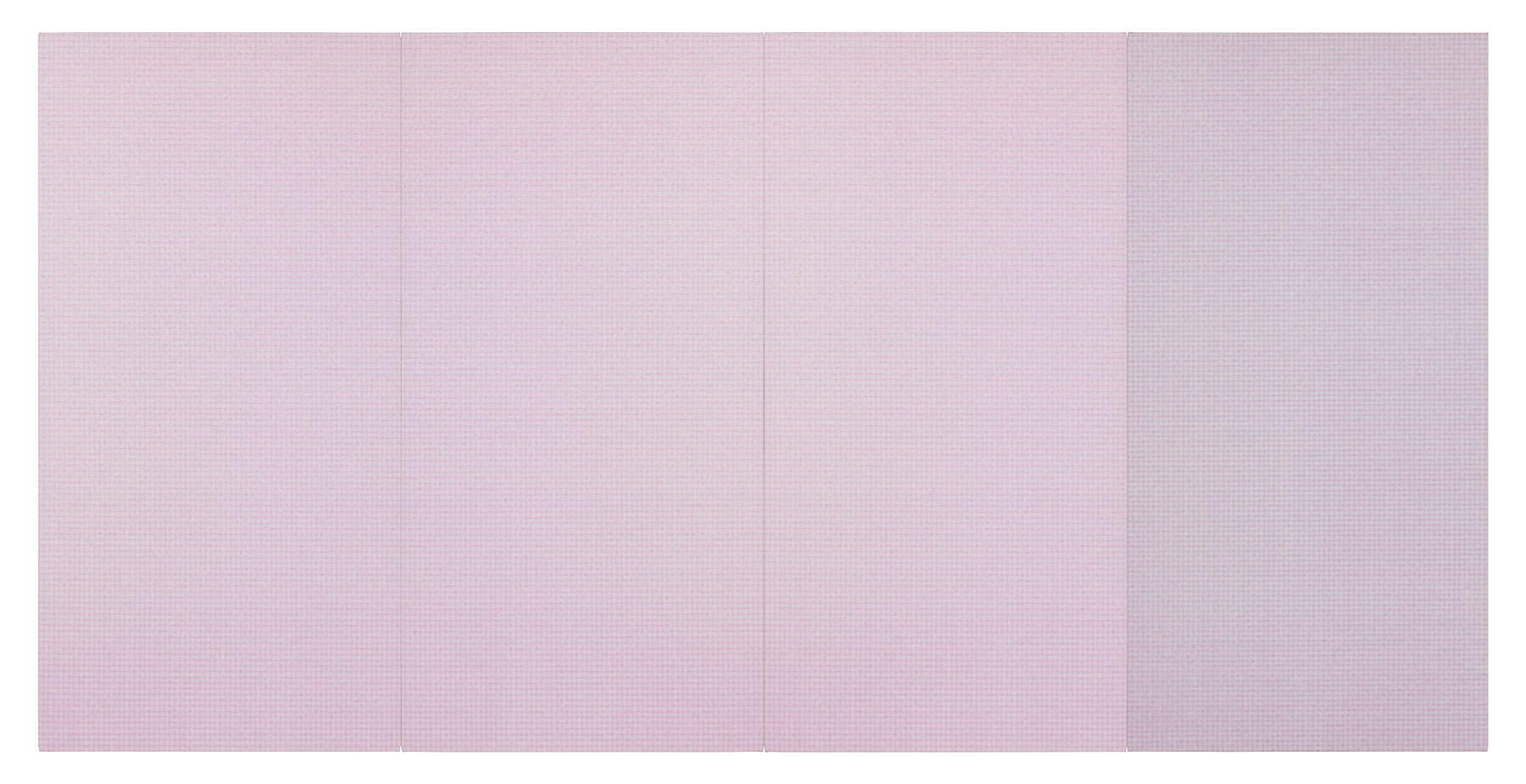
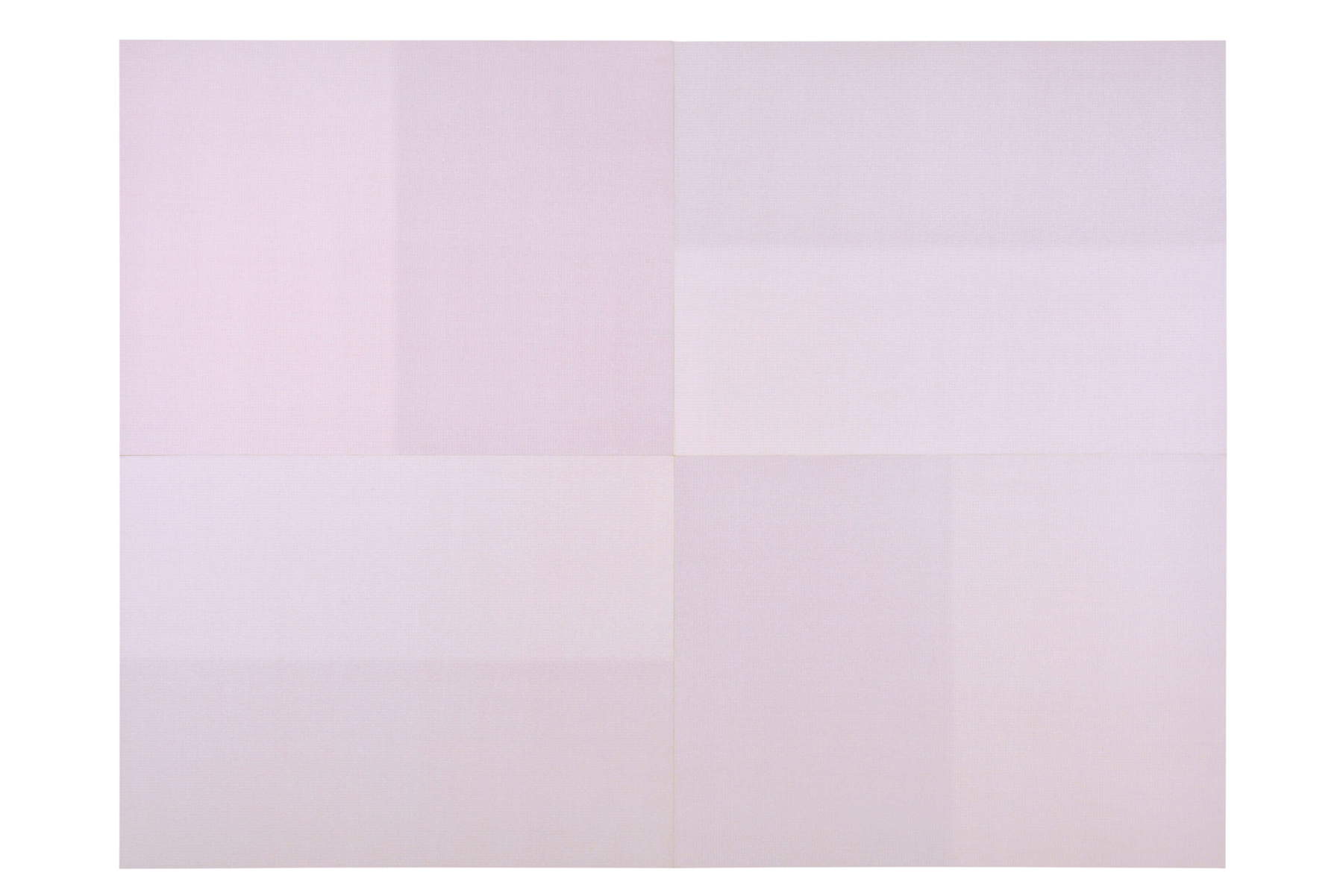
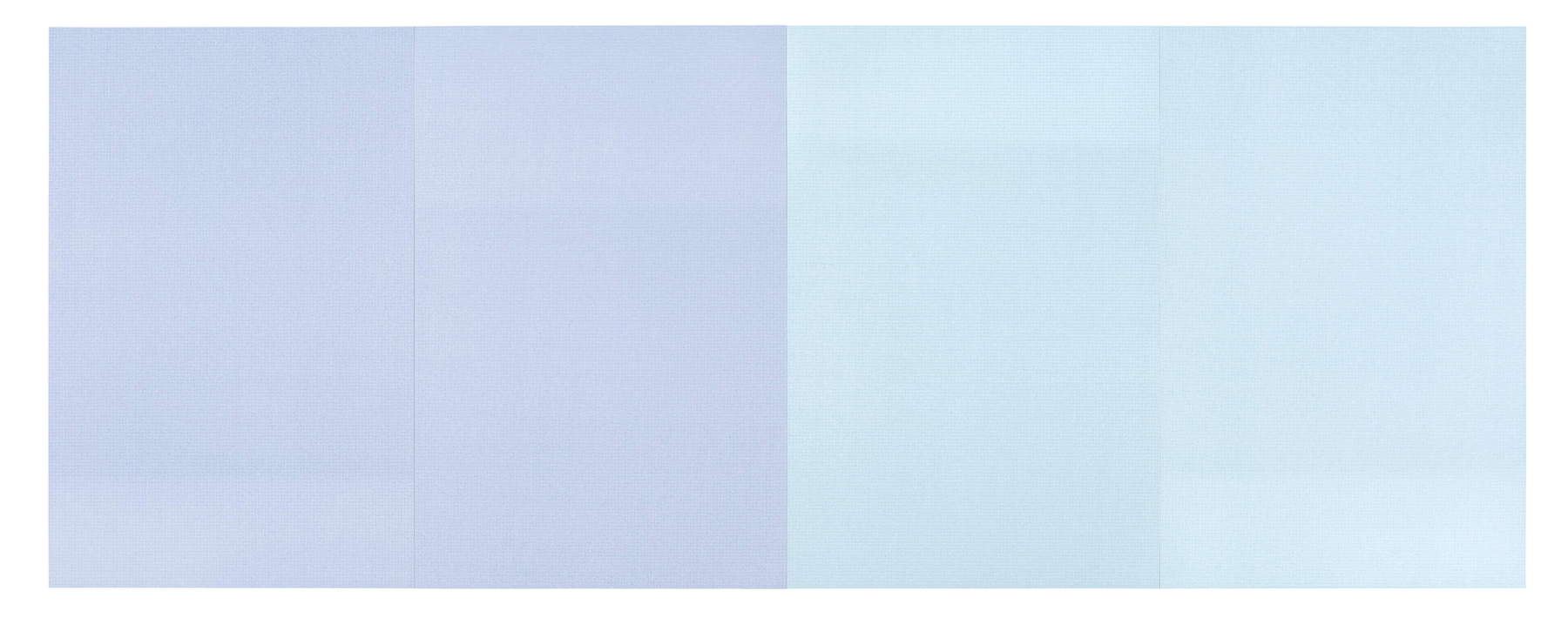
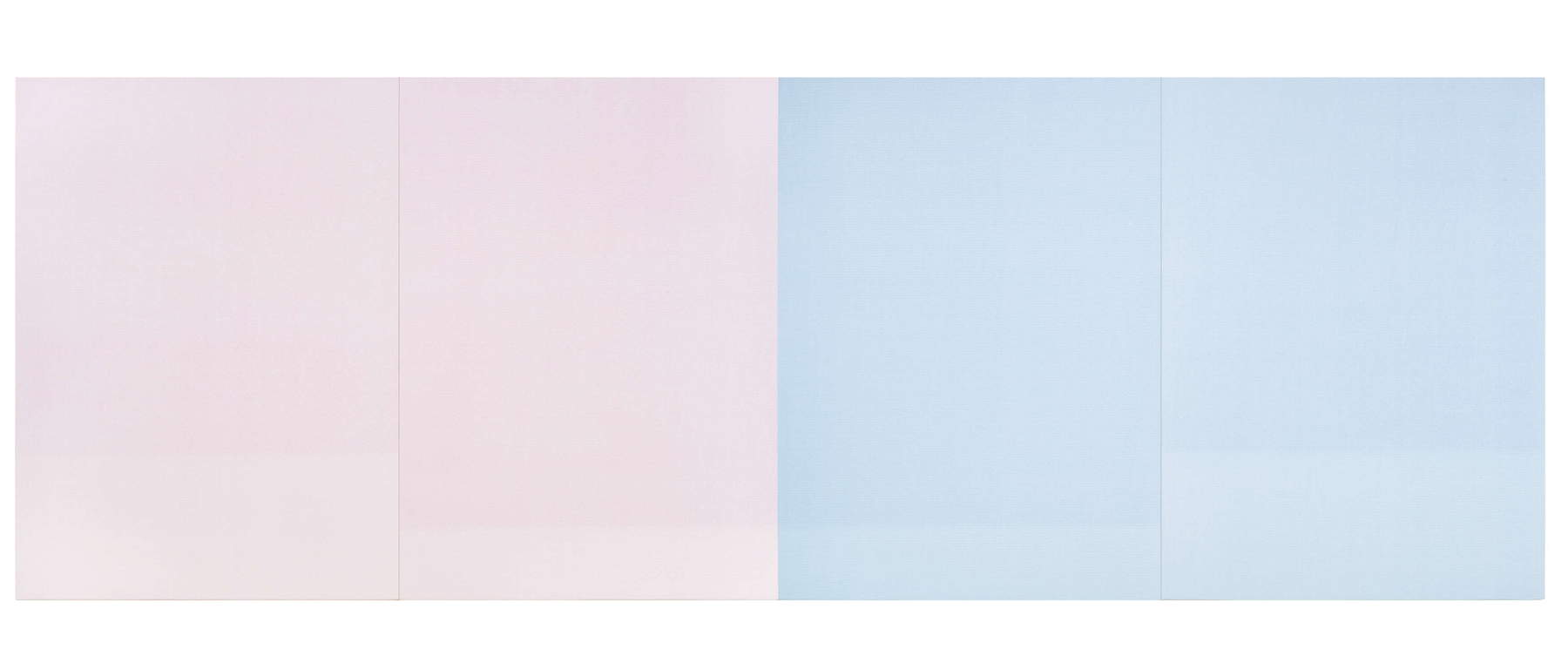
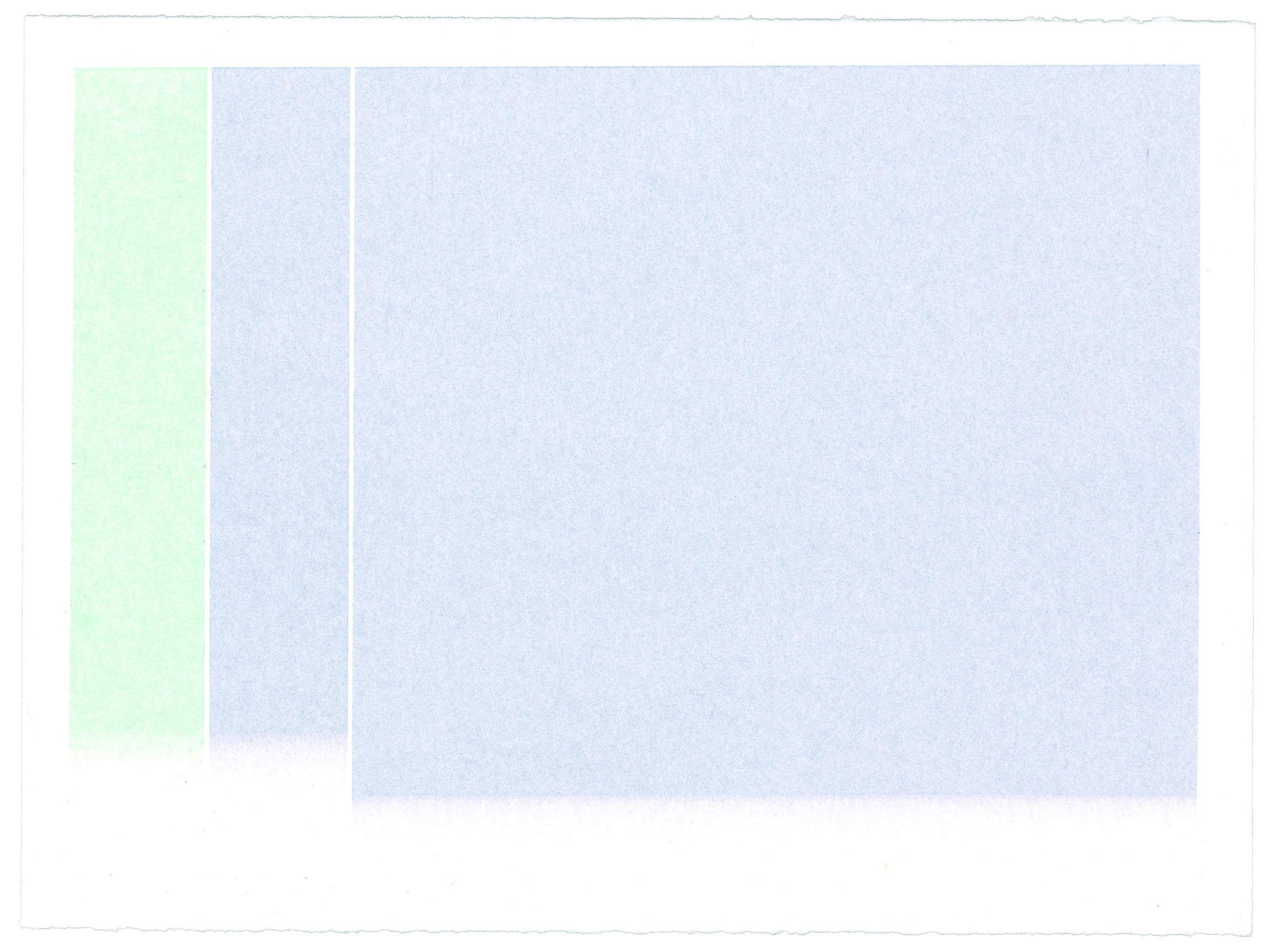
Your paintings are composed of several canvases that you juxtapose often following a horizontal pattern. When you start a painting do you already have clear ideas about how it will develop, how many elements it will be composed of, what colors you will employ... or do you leave a margin for the work itself to become?
I usually start already with a fairly clear project in mind, however as I proceed I verify it in the concreteness of the material outcomes and very often I modify or distort it. Sometimes I elaborate a structure that I reuse substantially unchanged in a series of successive paintings, limiting myself to variations that concern color or surface characteristics. At other times I make modules (constructed according to selection criteria involving size, format, color, texture) that I assemble later by laying them on the floor and turning them over until I get an organization that convinces me. I generally construct the work using four panels, which I juxtapose in horizontal sequences or rectangular structures. Four, because this is a number that satisfies my desire for completeness.
How important to you is the idea of time both in terms of the unfolding of the work and subsequently of its enjoyment by the viewer of your paintings?
I have a complicated relationship with time. Many friends work in cycles and, once they have exhausted a research, they open a new chapter whose results may even contradict the previous ones. For me, on the other hand, it is natural to go backwards, perhaps recombining or developing solutions that I came up with even in distant times. It is a constant coming and going, almost as if there were no linearity in my proceeding. As my friend Federico Mazzonelli says, it is as if I have been painting the same canvas for years. This apparent immobility I think is also perceived by those who read my work, which does not require long reading times because it is particularly complex to perceive, but because of the fact that it invites one to relate to a dimension in which the passage of time takes place backwards.
What is your idea of space?
I usually construct the painting using orthogonal grids, making sure that its parts are sized and related to each other according to a given spatial logic. It is a structure that is perceived with a certain immediacy. The grid, on the other hand, imposes slower and more subjective reading times. Here everything depends on what the position of the eye is in relation to the work, the angle of incidence of light, its intensity, proximity or distance, orthogonal or diagonal placement, etc., that is, everything depends on the physical space in which the encounter between the viewer’s gaze and the surface of the painting takes place.
Are you interested in the idea of self-representing painting?
I think that all contemporary painting has posited itself as a subject to be represented. And I also think that this principle governs not only research in the field of abstraction, but also that of figuration, when it does not fall into the illusion that it can recover without damage the modes of traditional naturalistic representation.
For you, is painting a spiritual practice?
I think so. Although I do not have a great interest in religious worship, the way I approach studio work has a very ritualistic, I would say almost liturgical, character, and it is aimed at achieving a well-being that I think can really be defined as spiritual. I also believe that this well-being, this condition of inner balance, can be achieved through the contemplation of visible forms and that everyone can enjoy it.
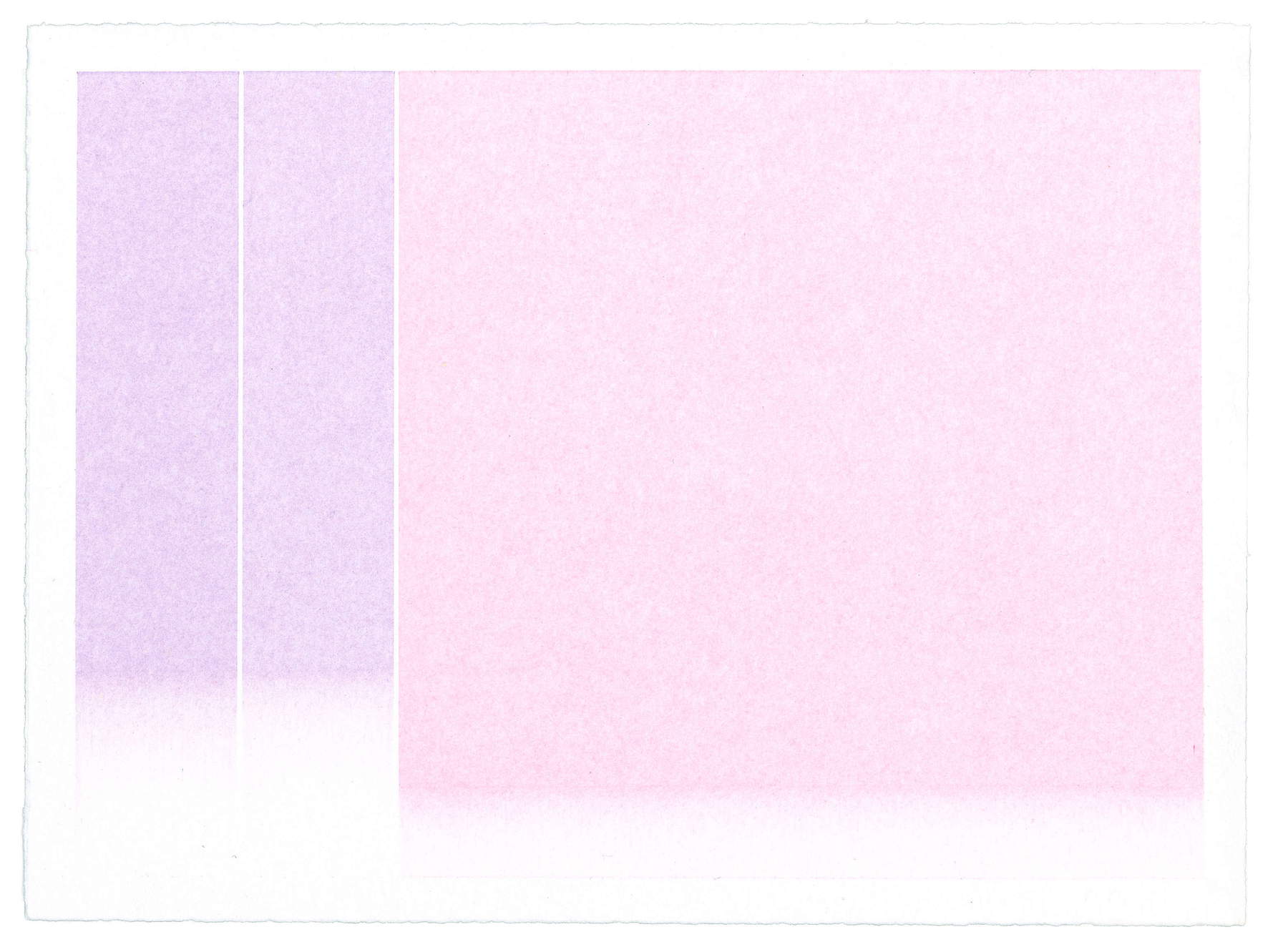
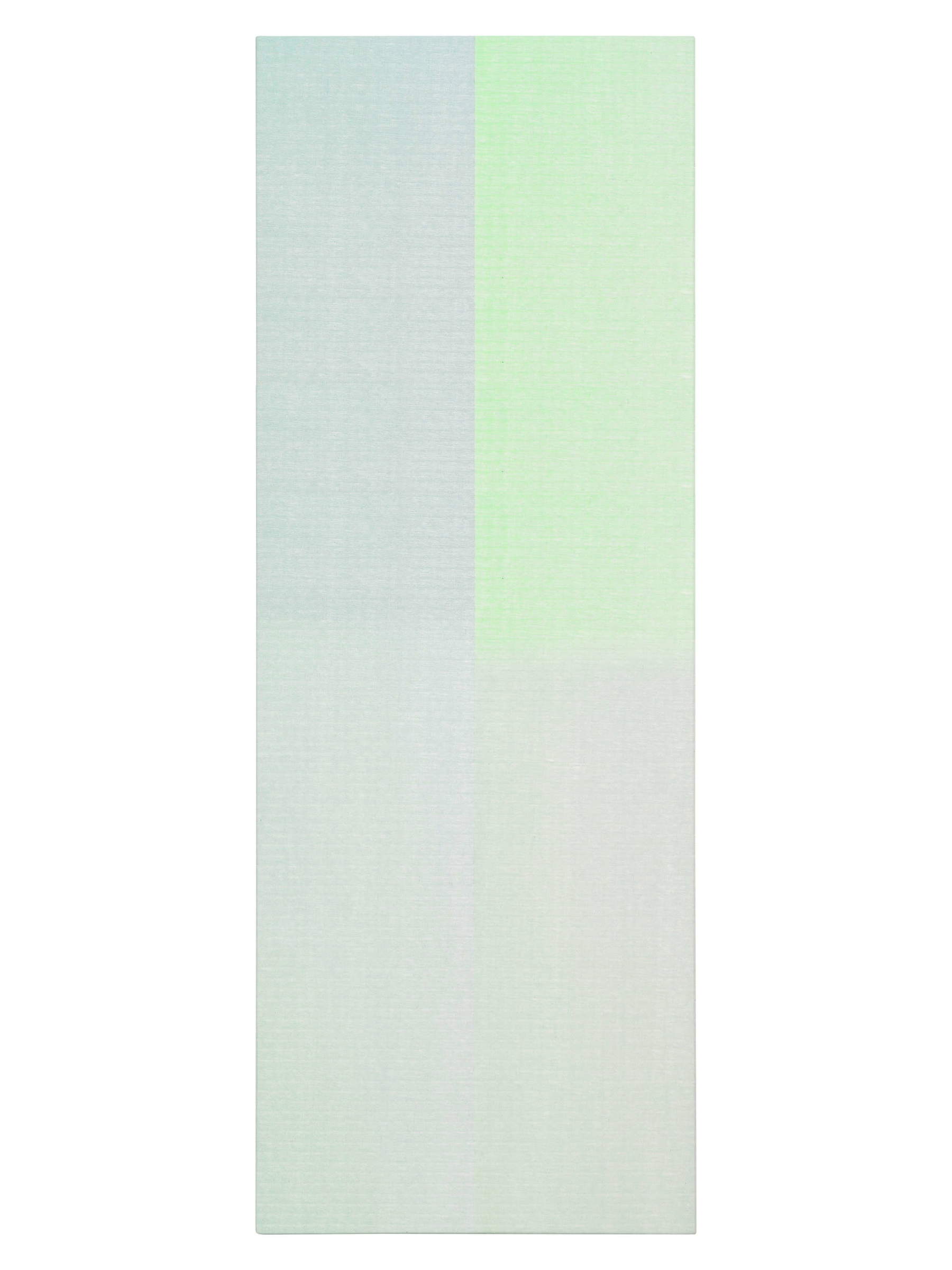
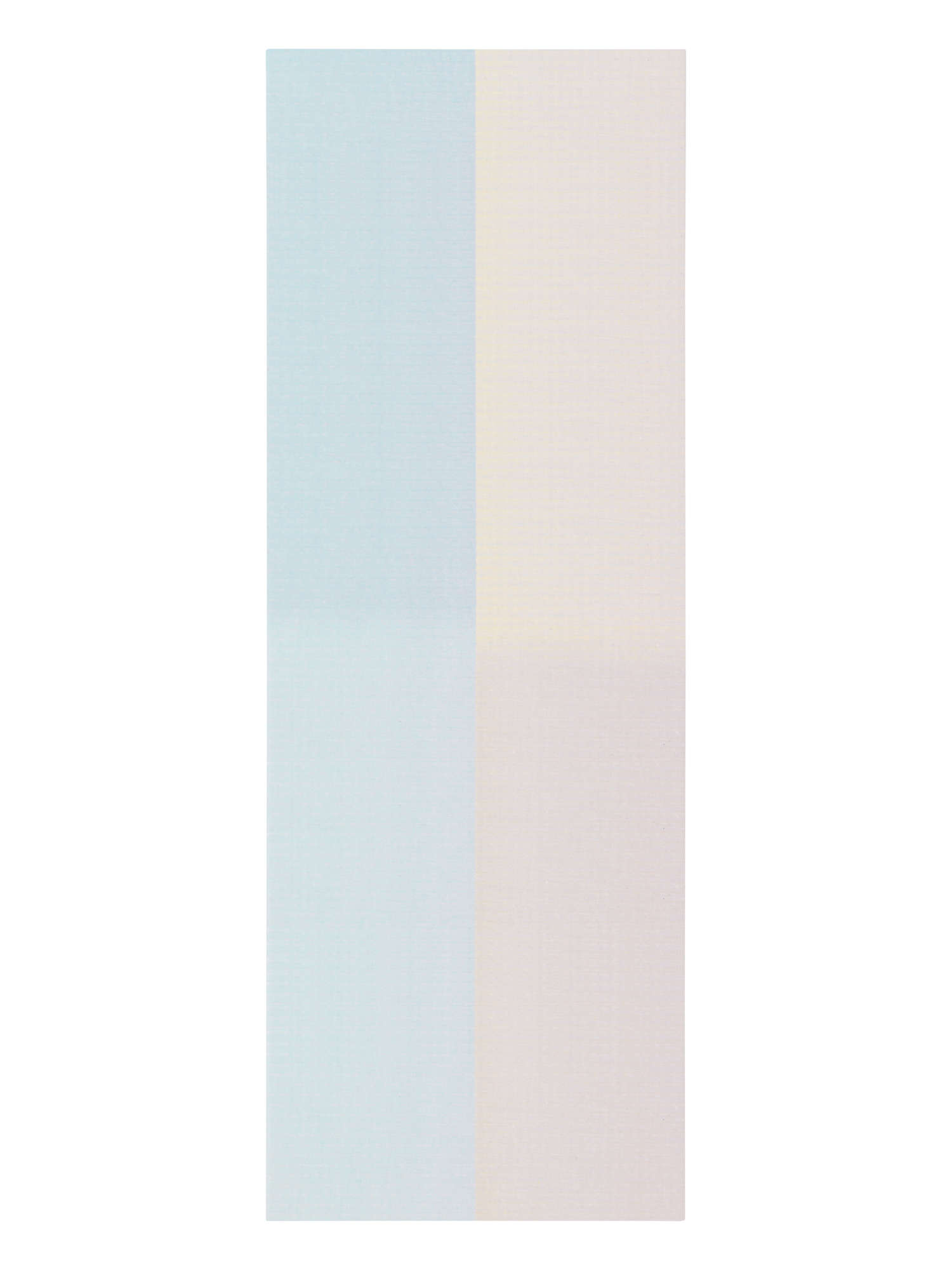
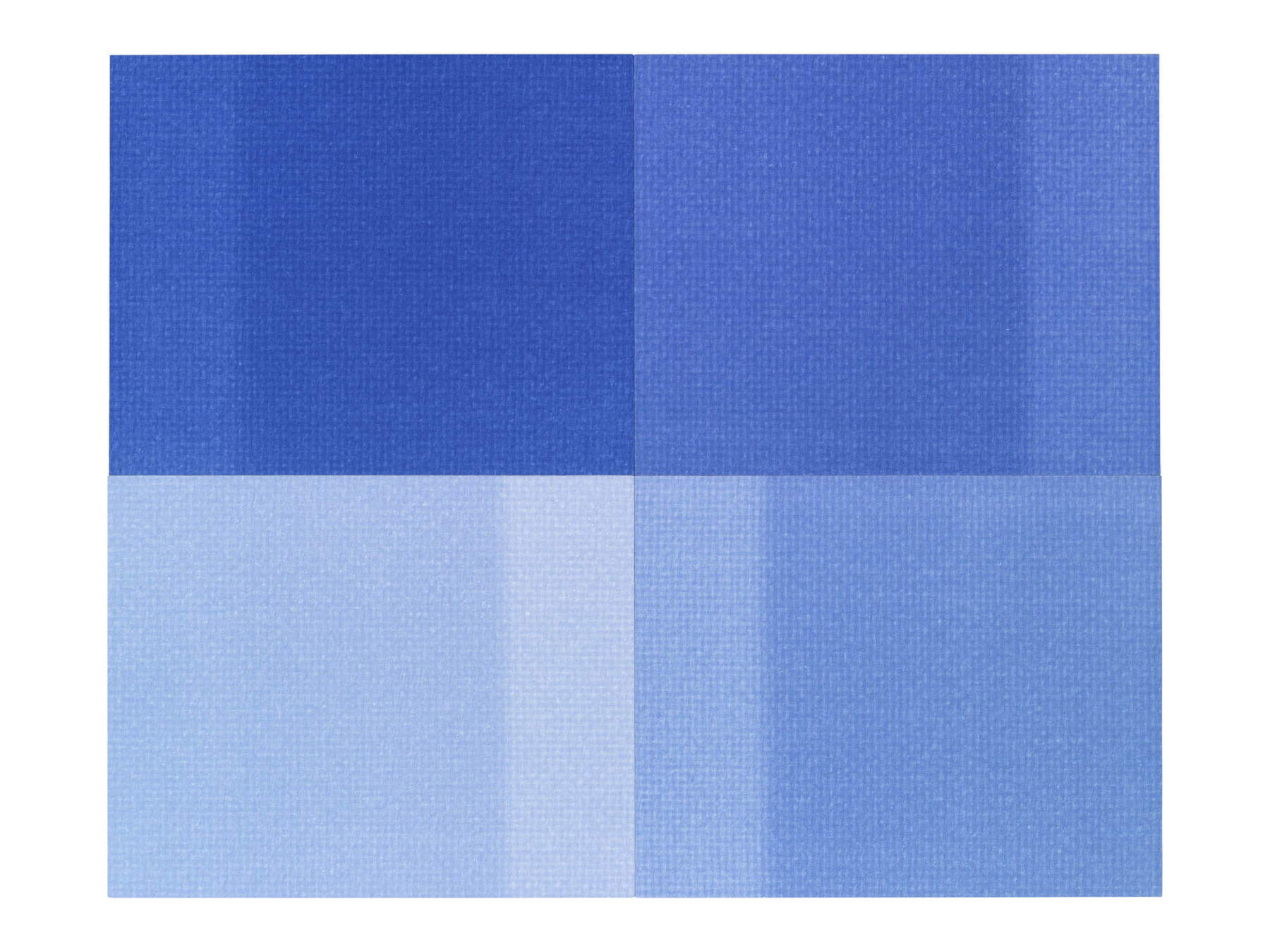
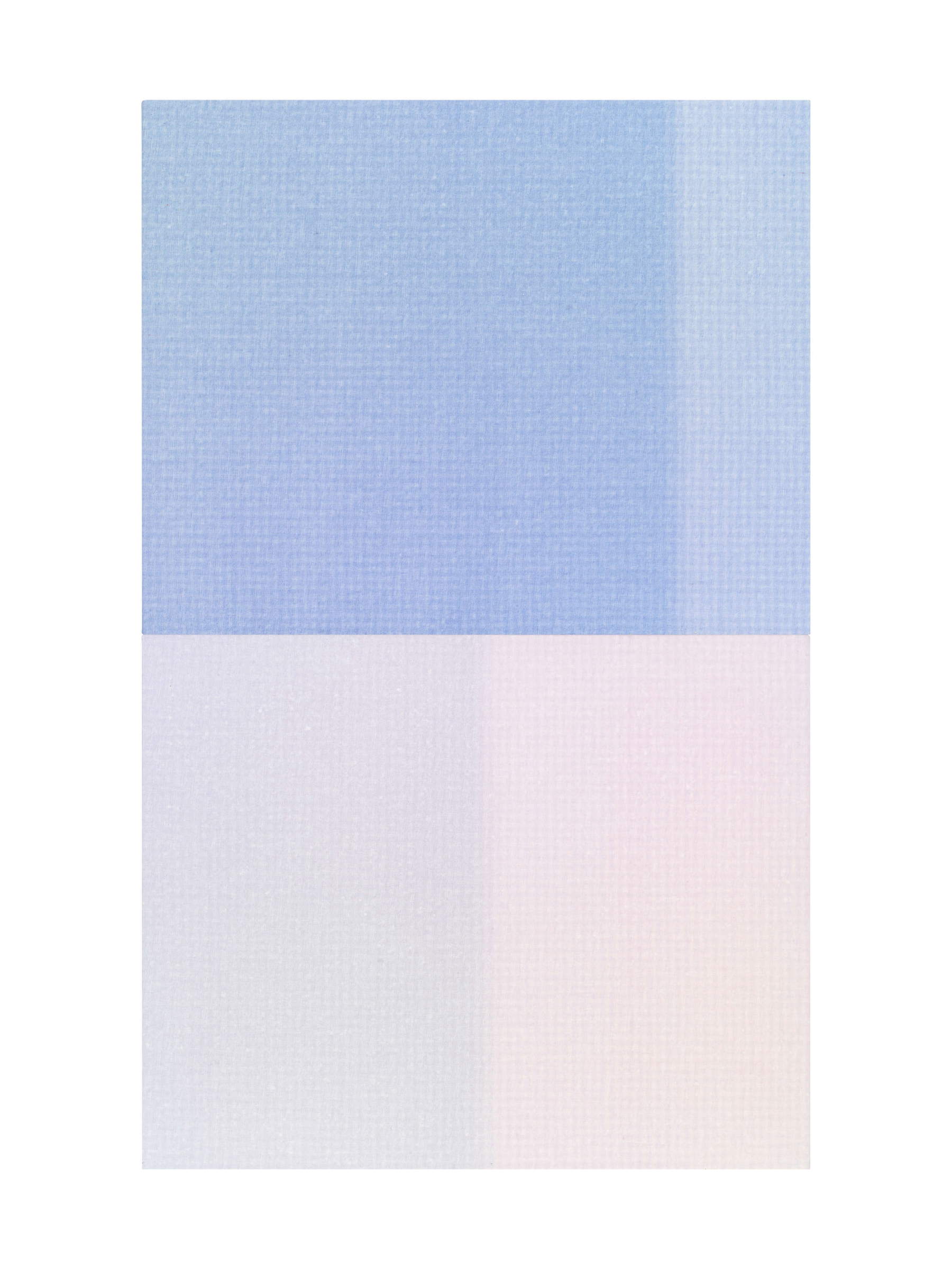
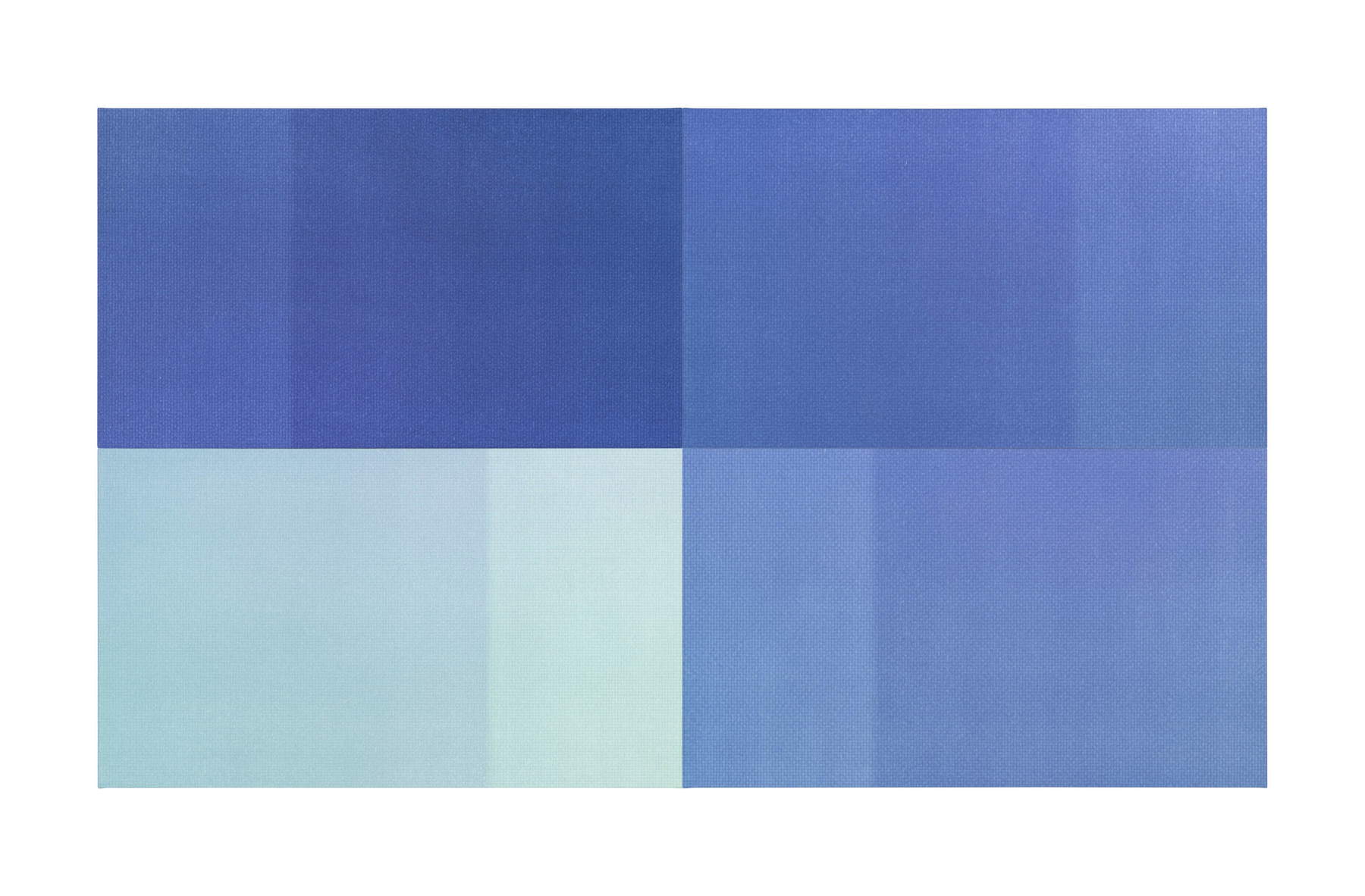
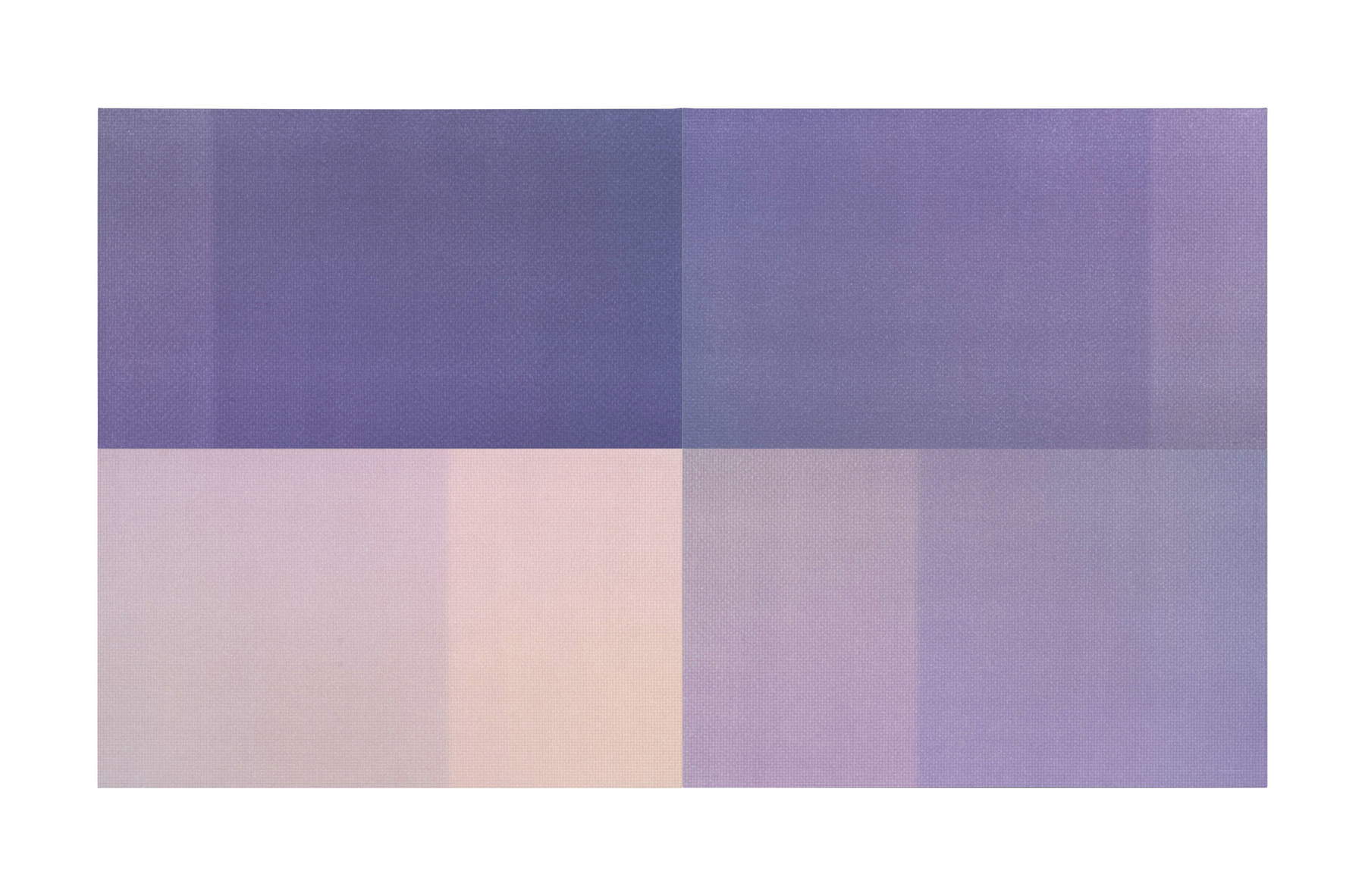
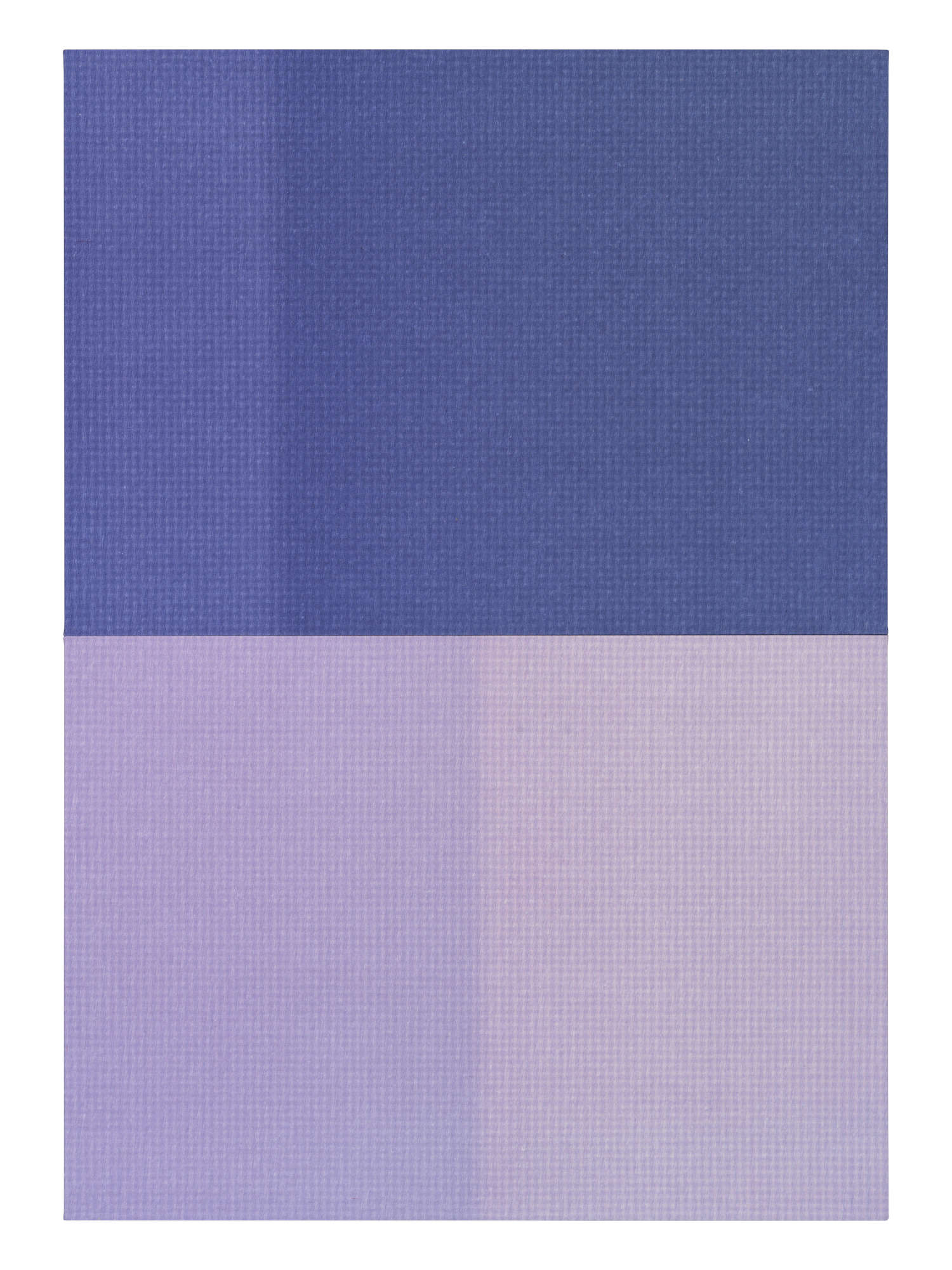
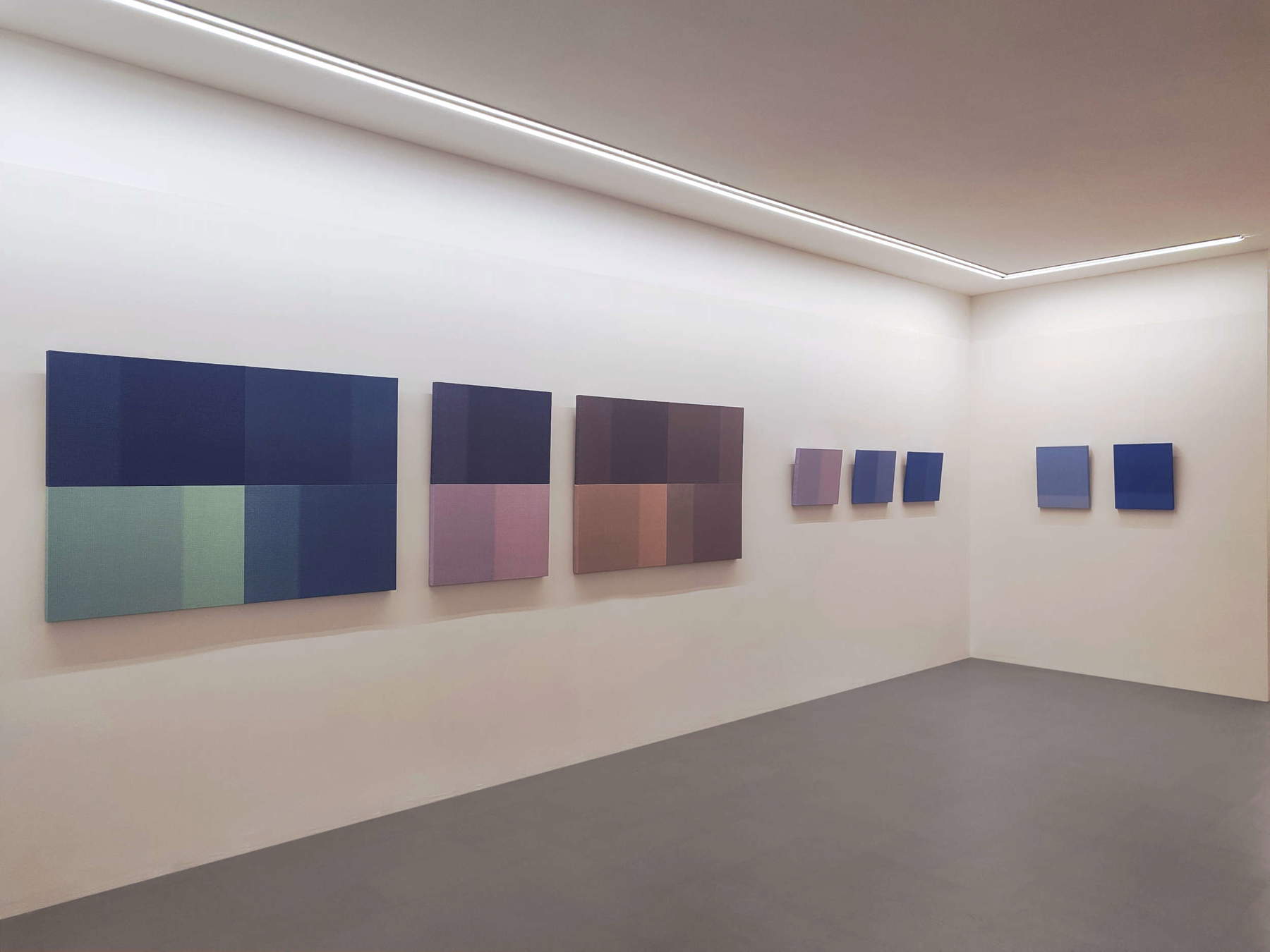
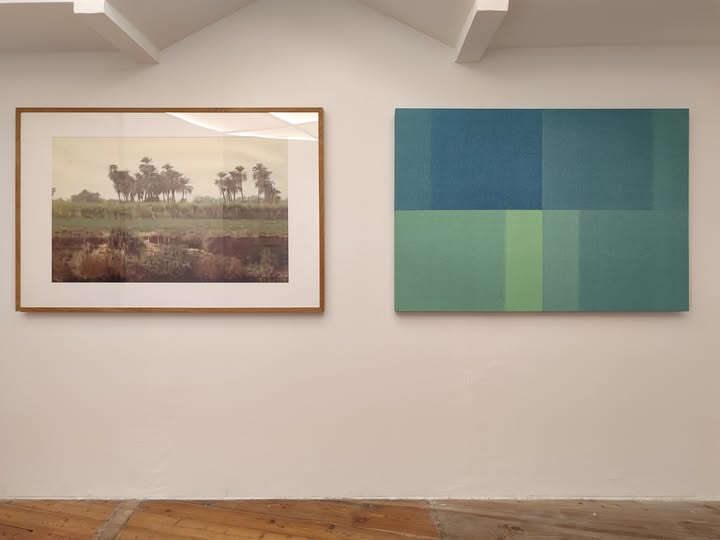
When you make an exhibition are you interested in the idea of staging?
More than staging (which refers to a theater-like organization of space) I am interested in relating my work to the place that hosts it. I would say that I think in terms of installation: I evaluate the exhibition space and consequently build the paintings and decide on their placement. So for me it is very important that the exhibition intervention is designed and that I may have had the opportunity to mature the solution in a not too tight time frame. The outcome can also have the characteristics of staging, theoretically. It all depends on what the space I am working in is like.
What does lightness mean to you?
Lightness for me is the ability that a texture sometimes has to make itself visible on the surface at close observation and to disappear by remaining as a pure luminous vibration when the eye stands further away from it.
What do you think beauty is?
I do not pose the problem of beauty and I would not even know how to define it. In my paintings, and in art in general, I look for something else. There are works by Matisse or Picasso (not to mention Beuys), for example, that we could hardly call beautiful, maybe not even elegant. Yet they have an extraordinary communicative capacity and an aesthetic quality that is capable of changing our view of the world forever. And the same is true of earlier historical eras. In this endless archive of images that art history gives us and that we consult every day when we are in the studio (even if only with our memory) we are not looking for beauty, but for something that will help us understand in what direction our work is proceeding and how it is relating to the contemporary world.
Warning: the translation into English of the original Italian article was created using automatic tools. We undertake to review all articles, but we do not guarantee the total absence of inaccuracies in the translation due to the program. You can find the original by clicking on the ITA button. If you find any mistake,please contact us.